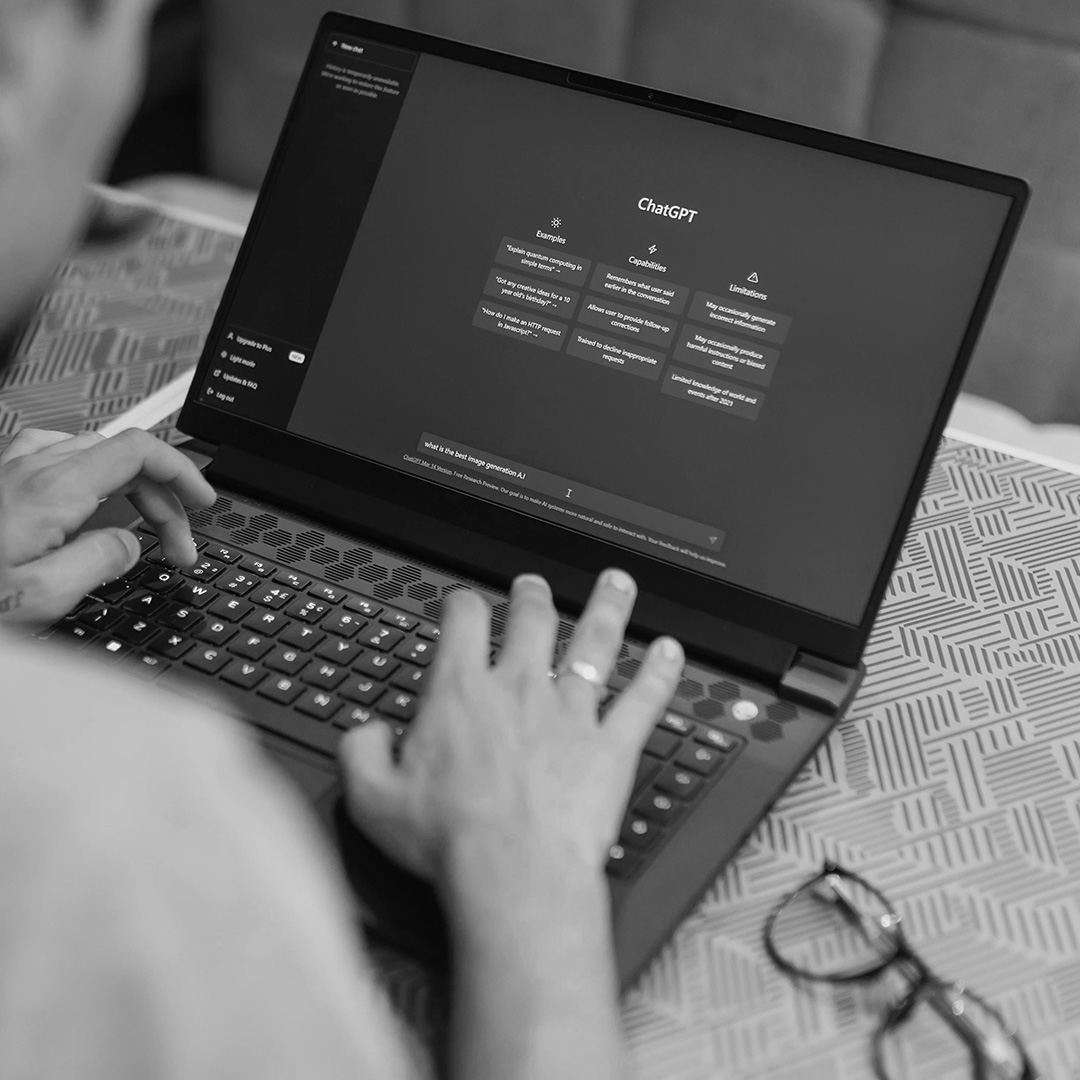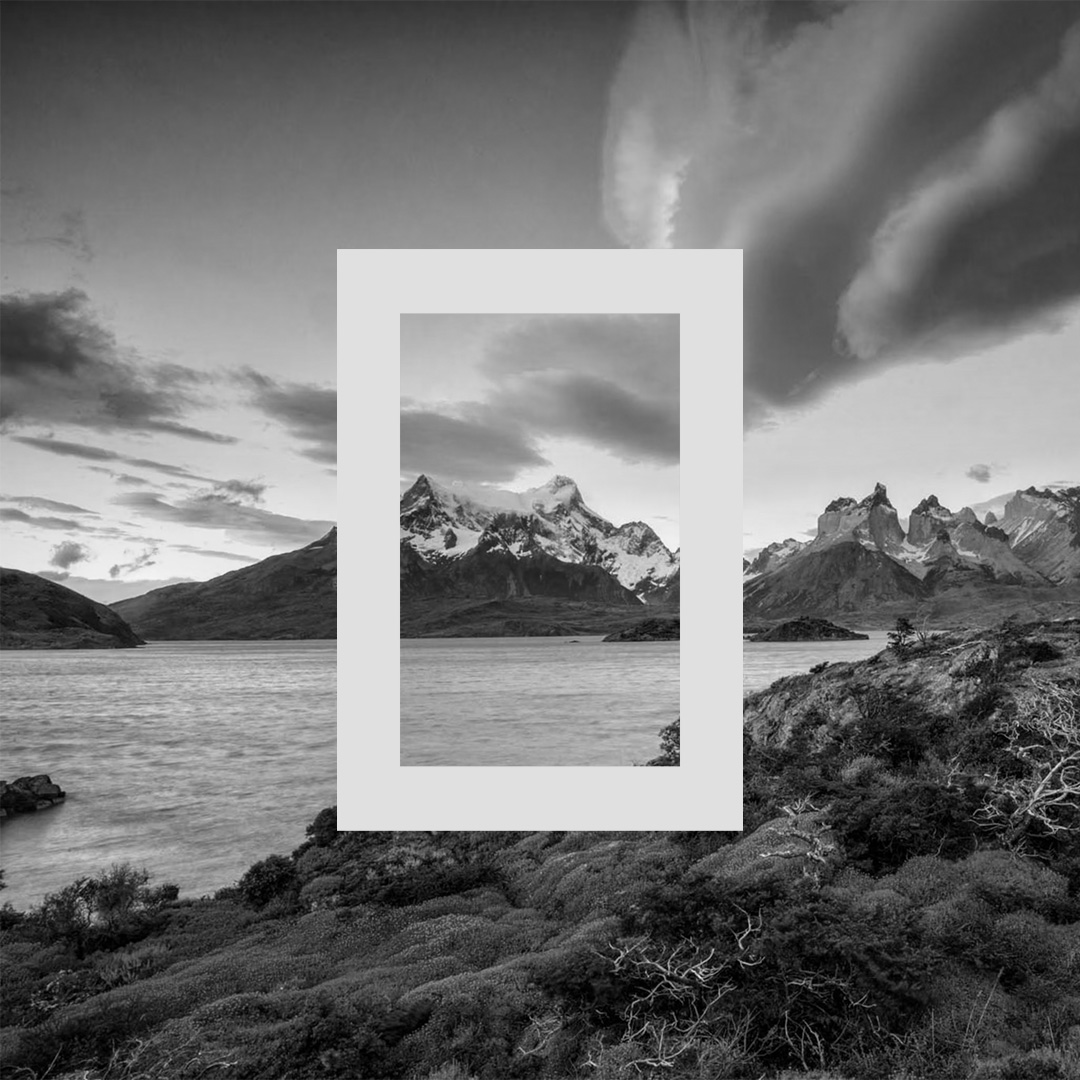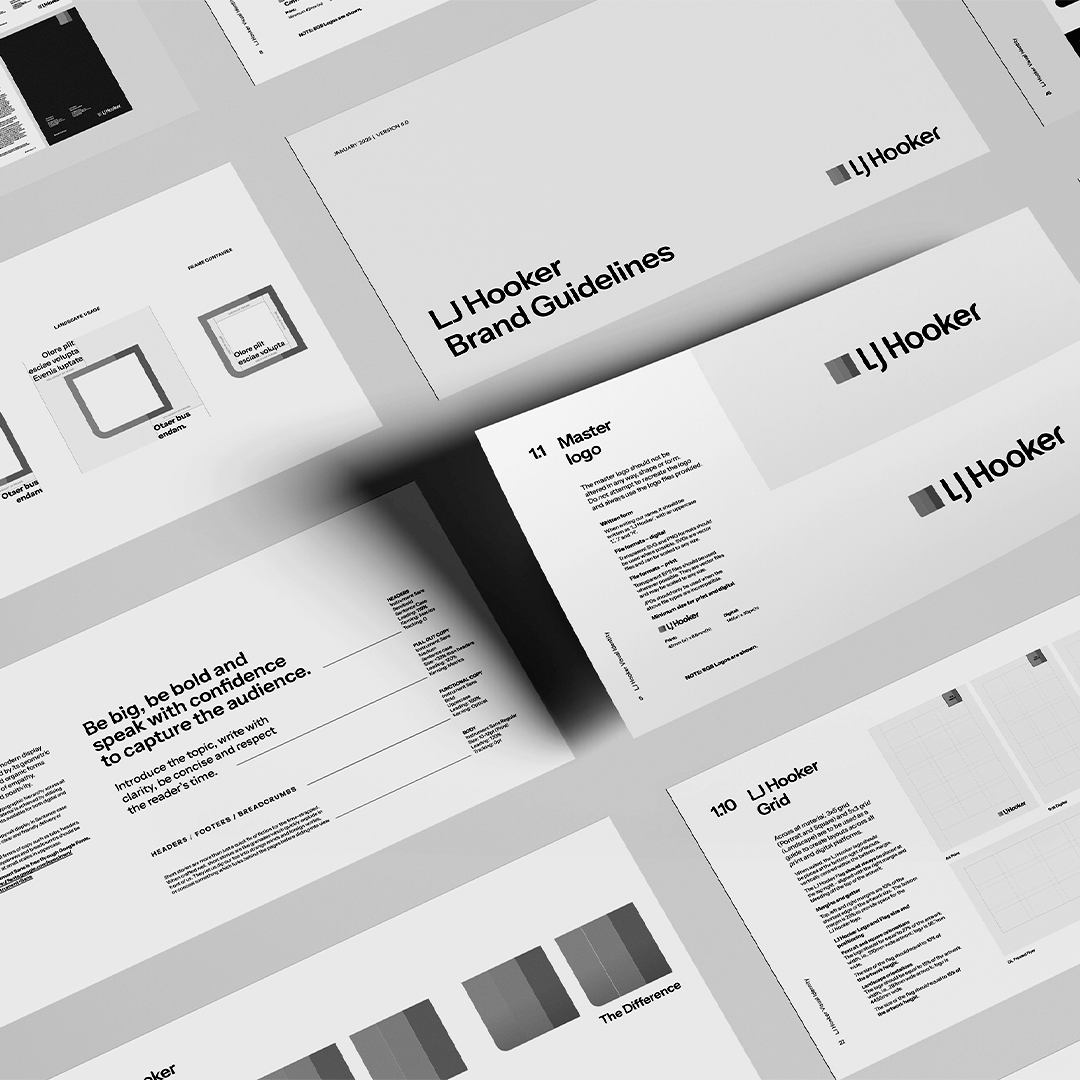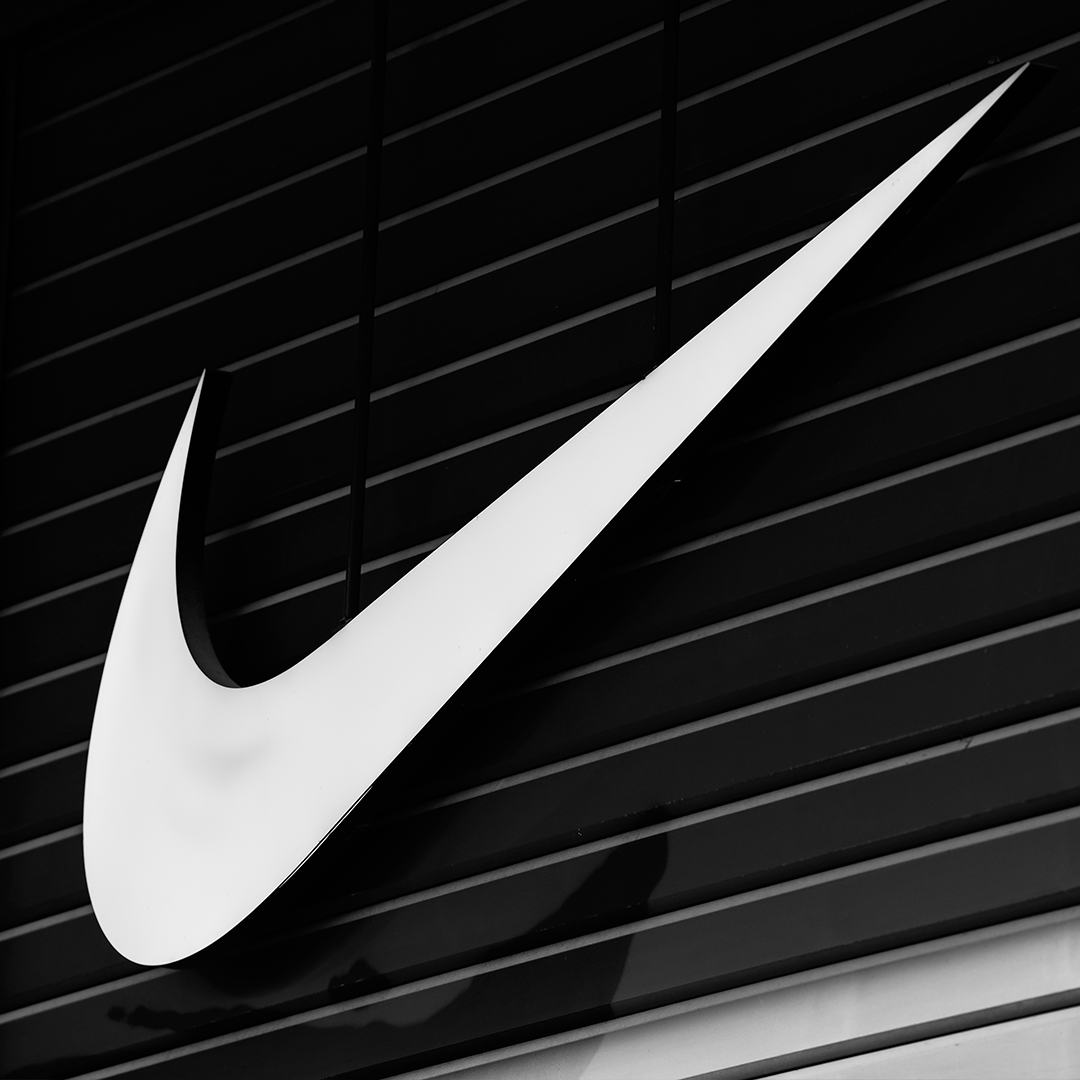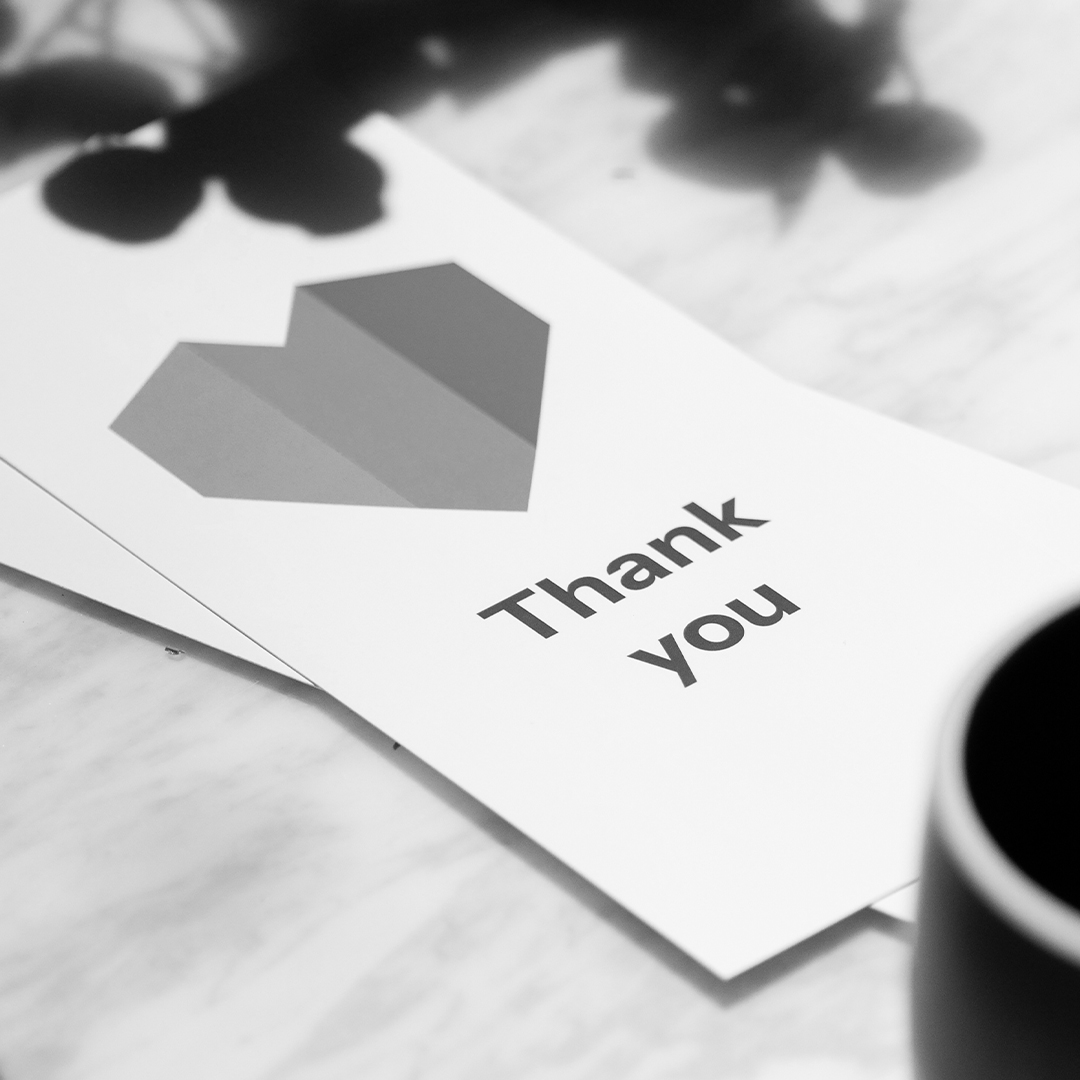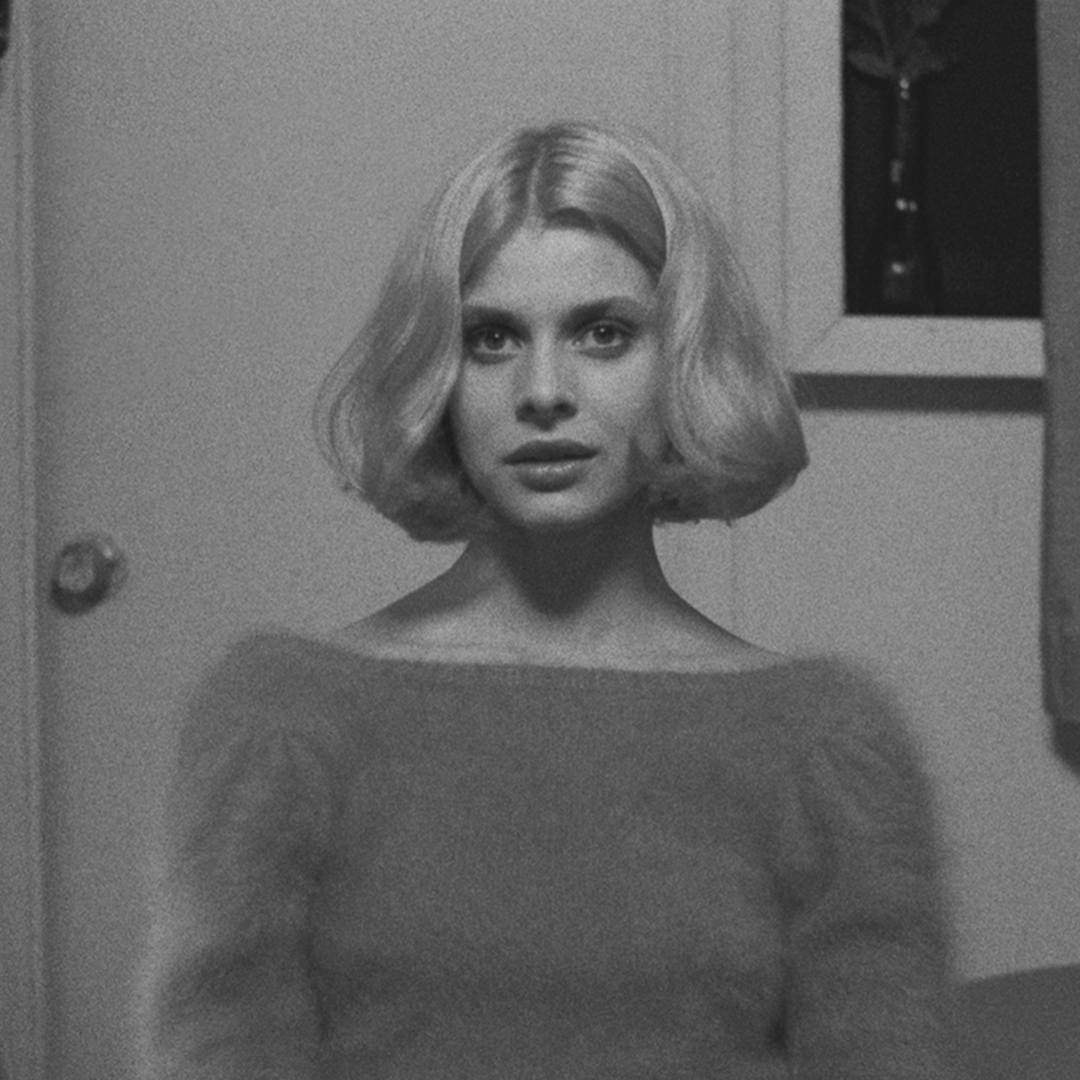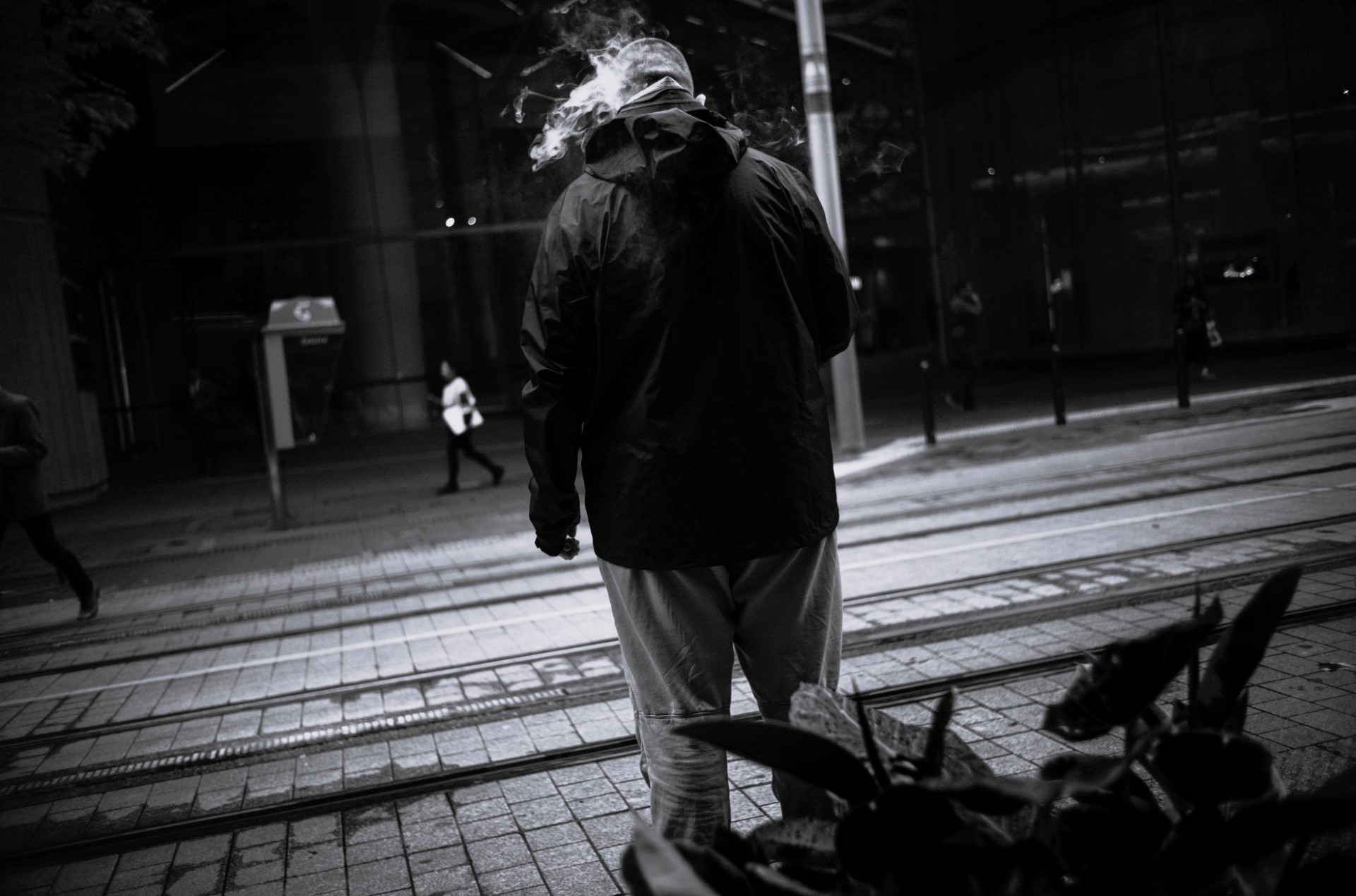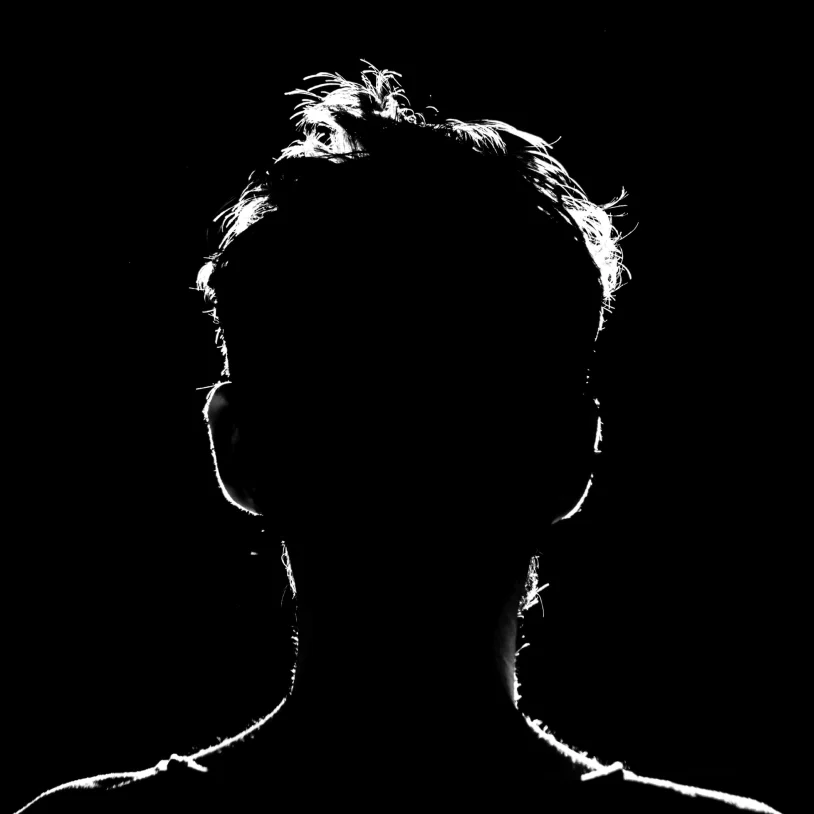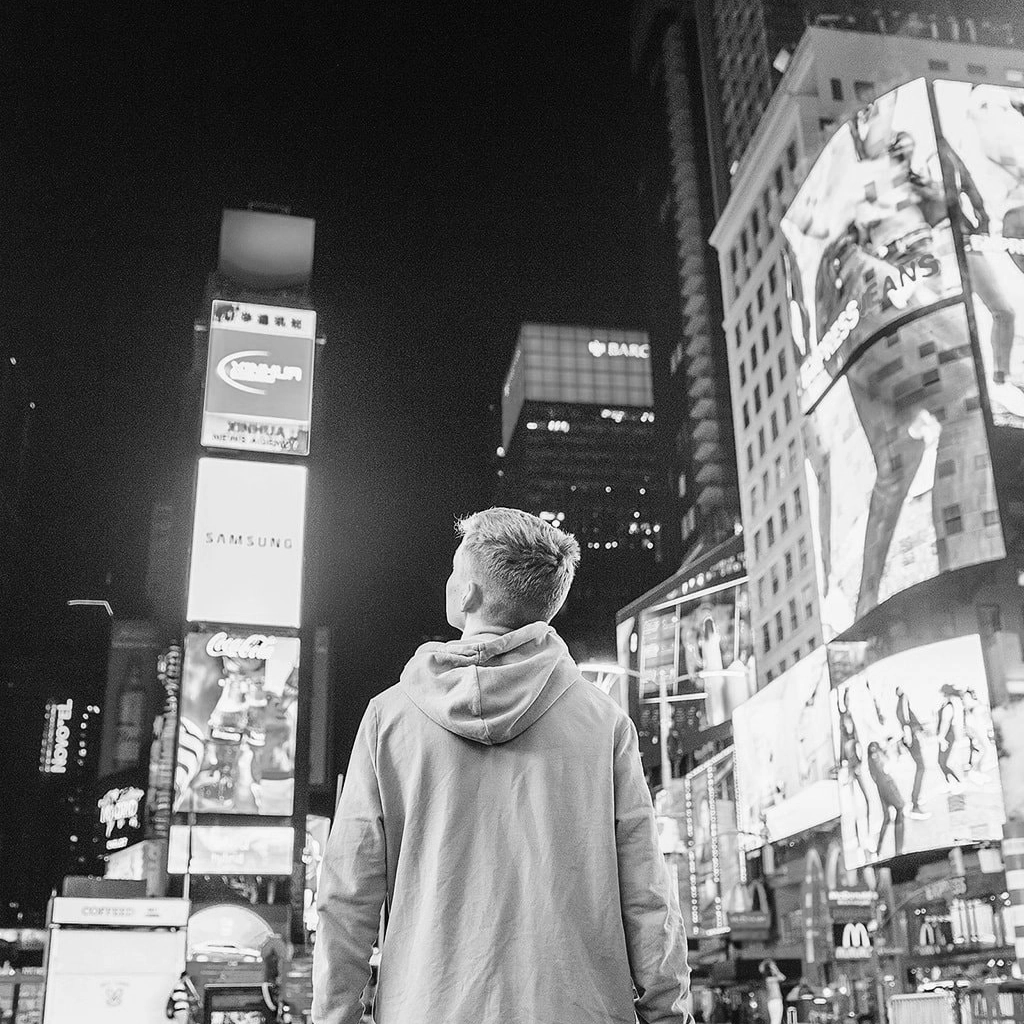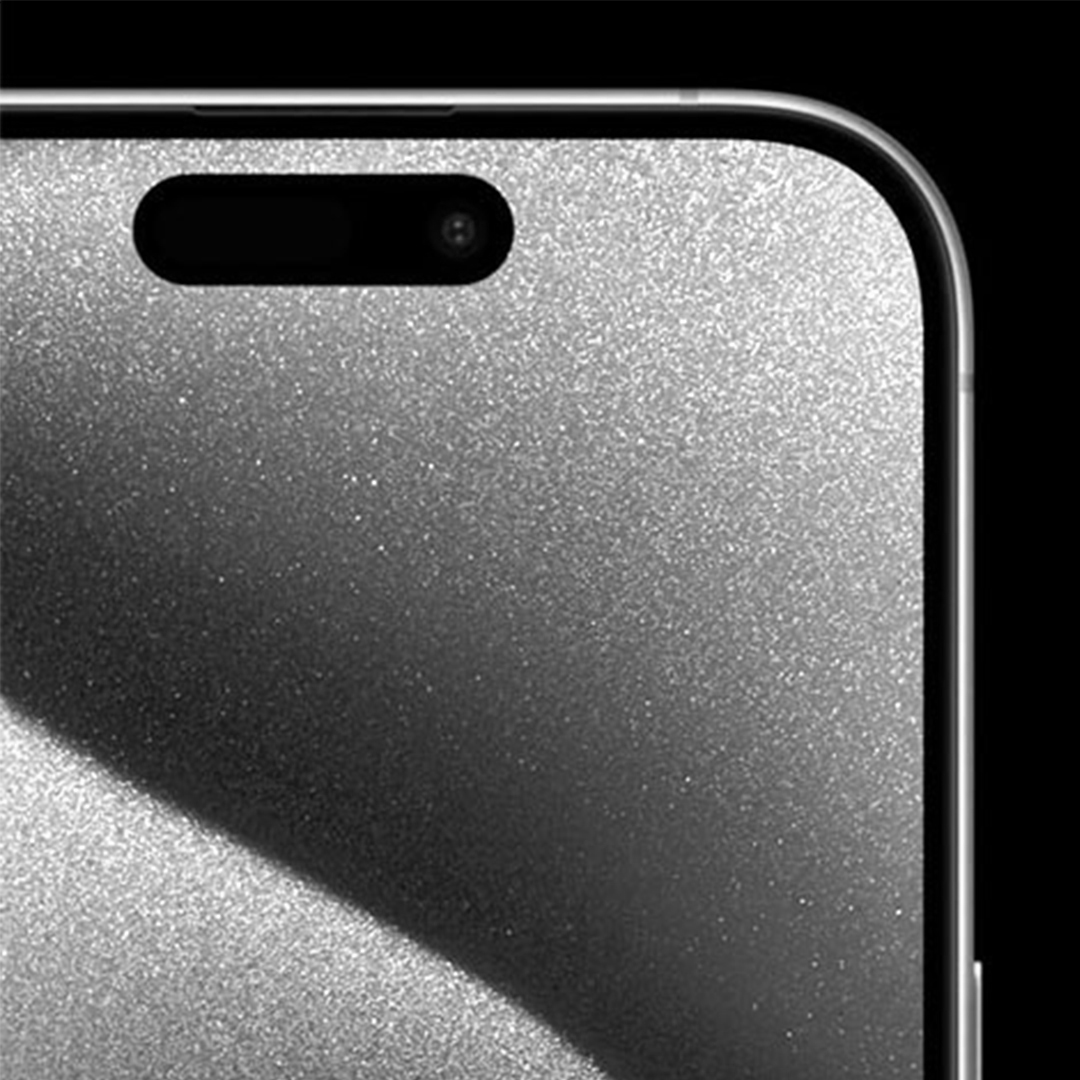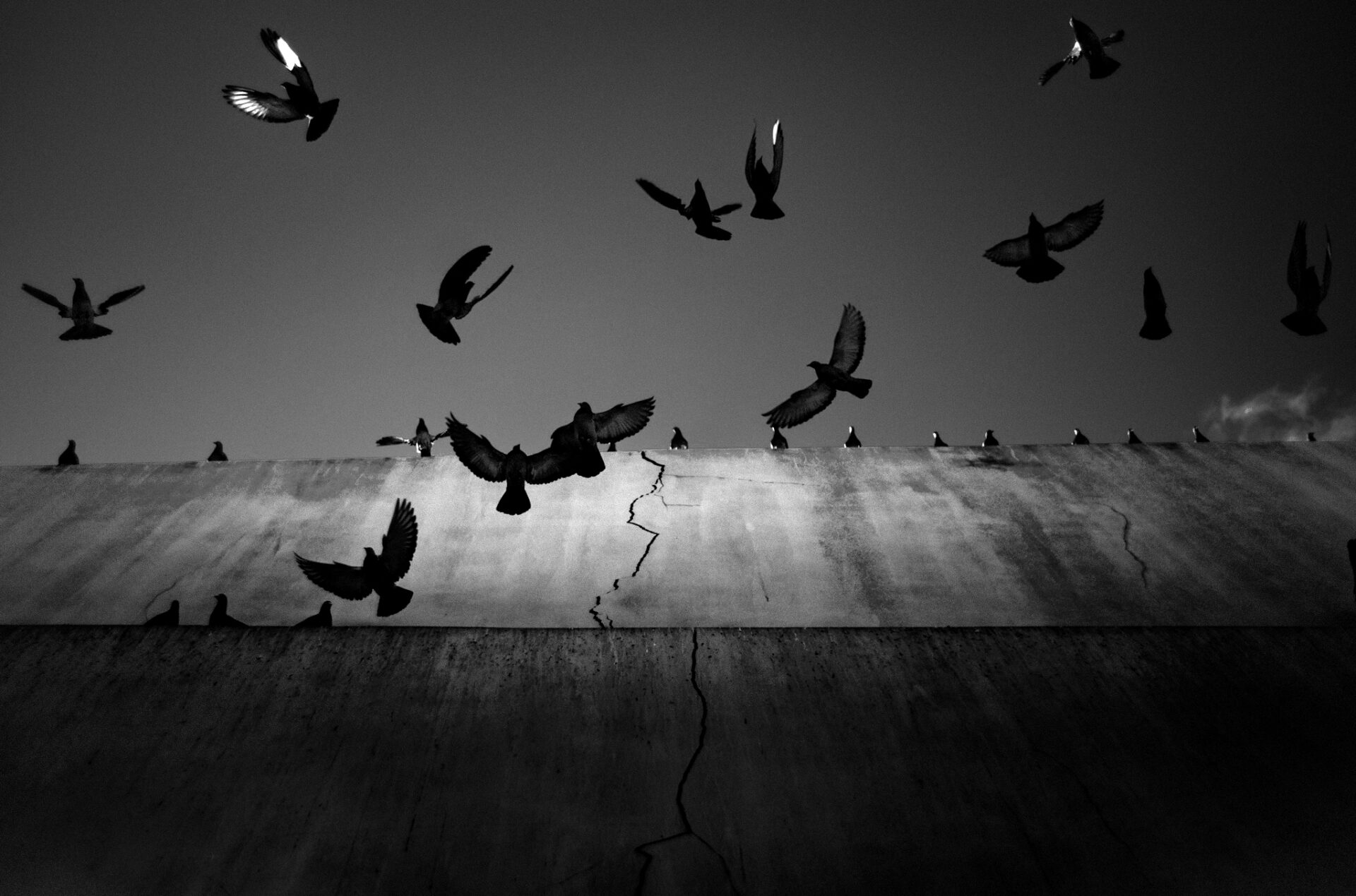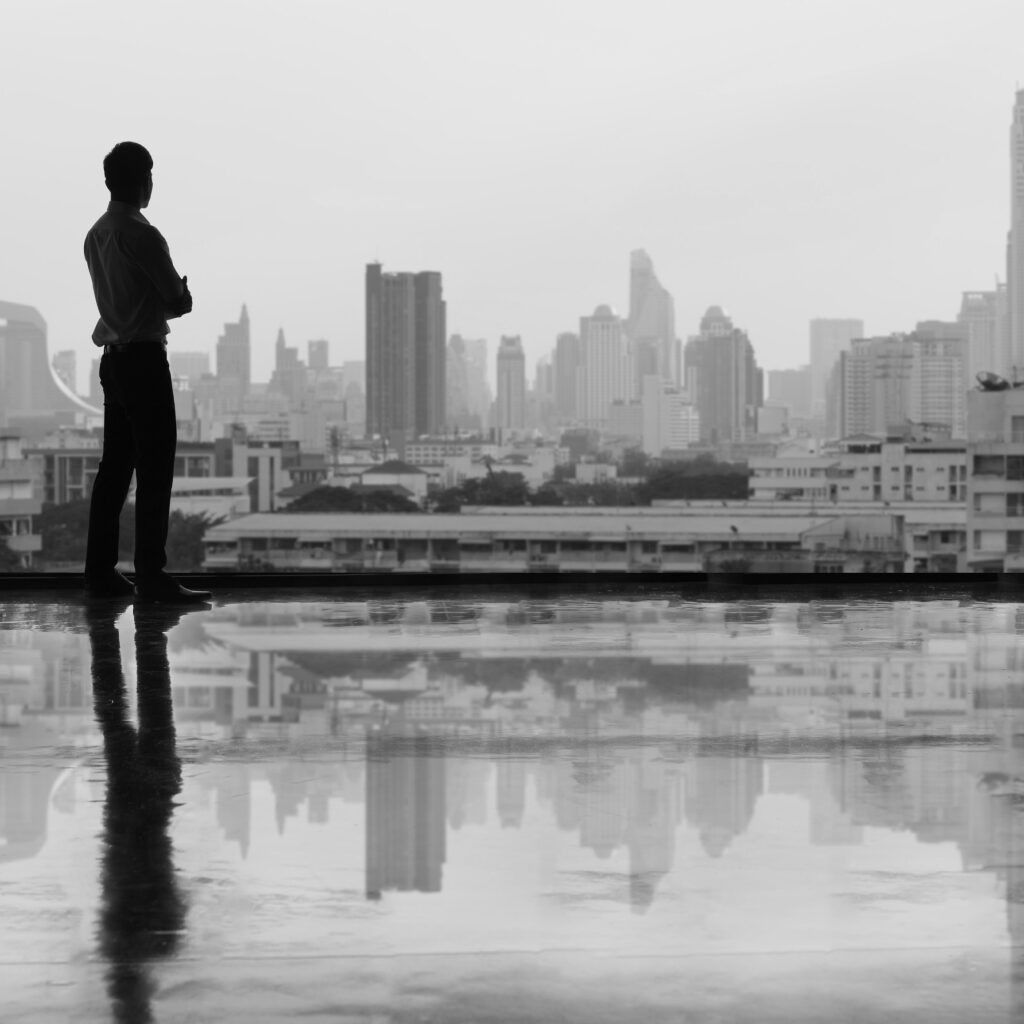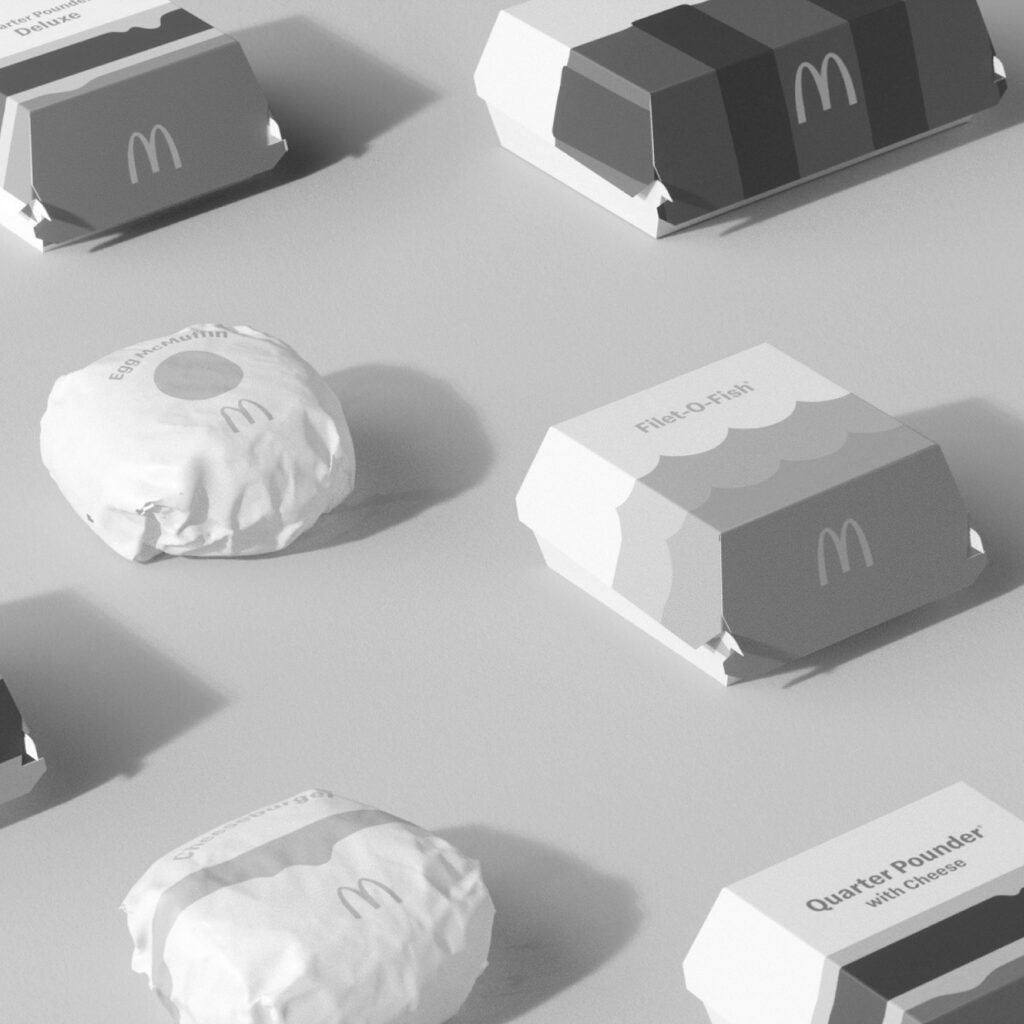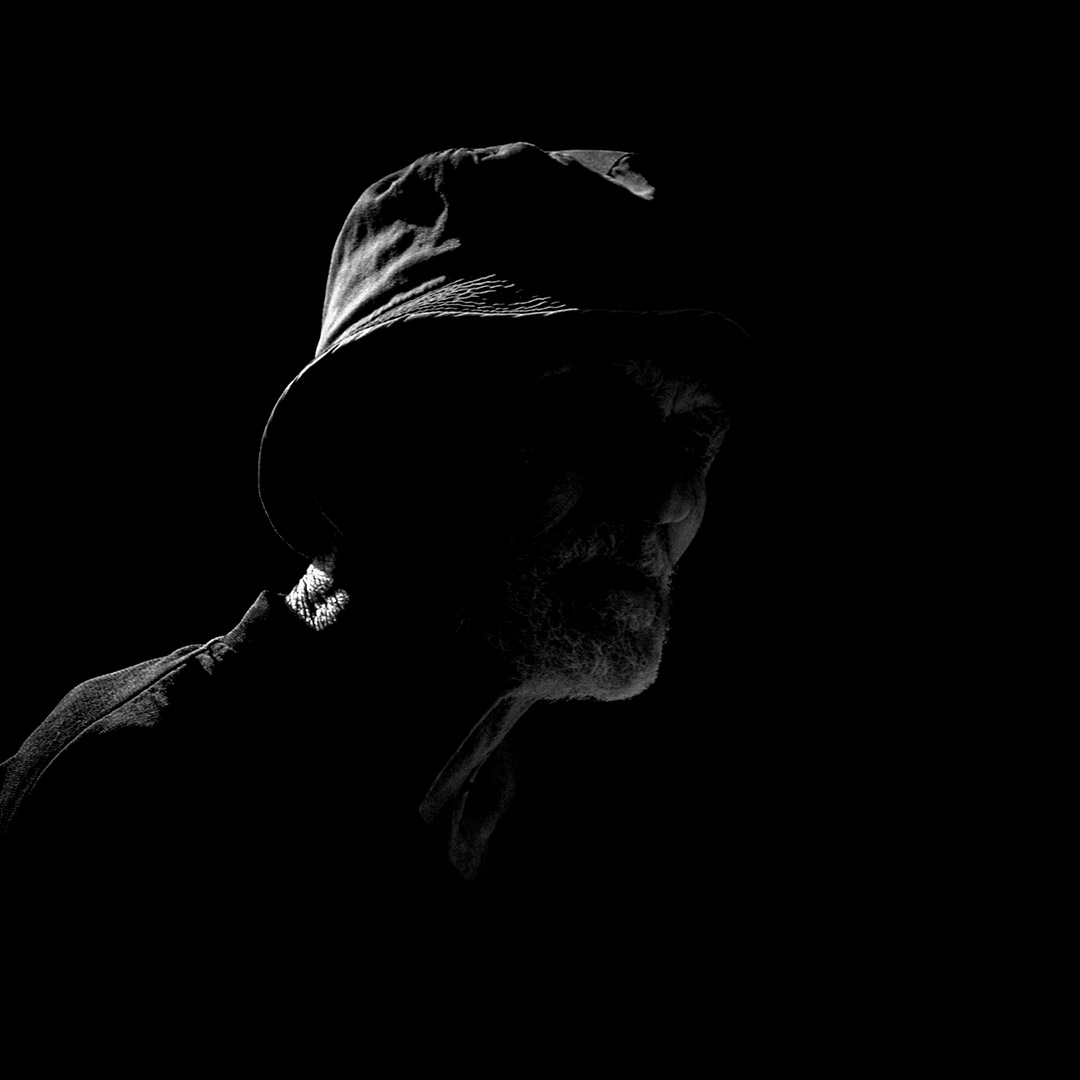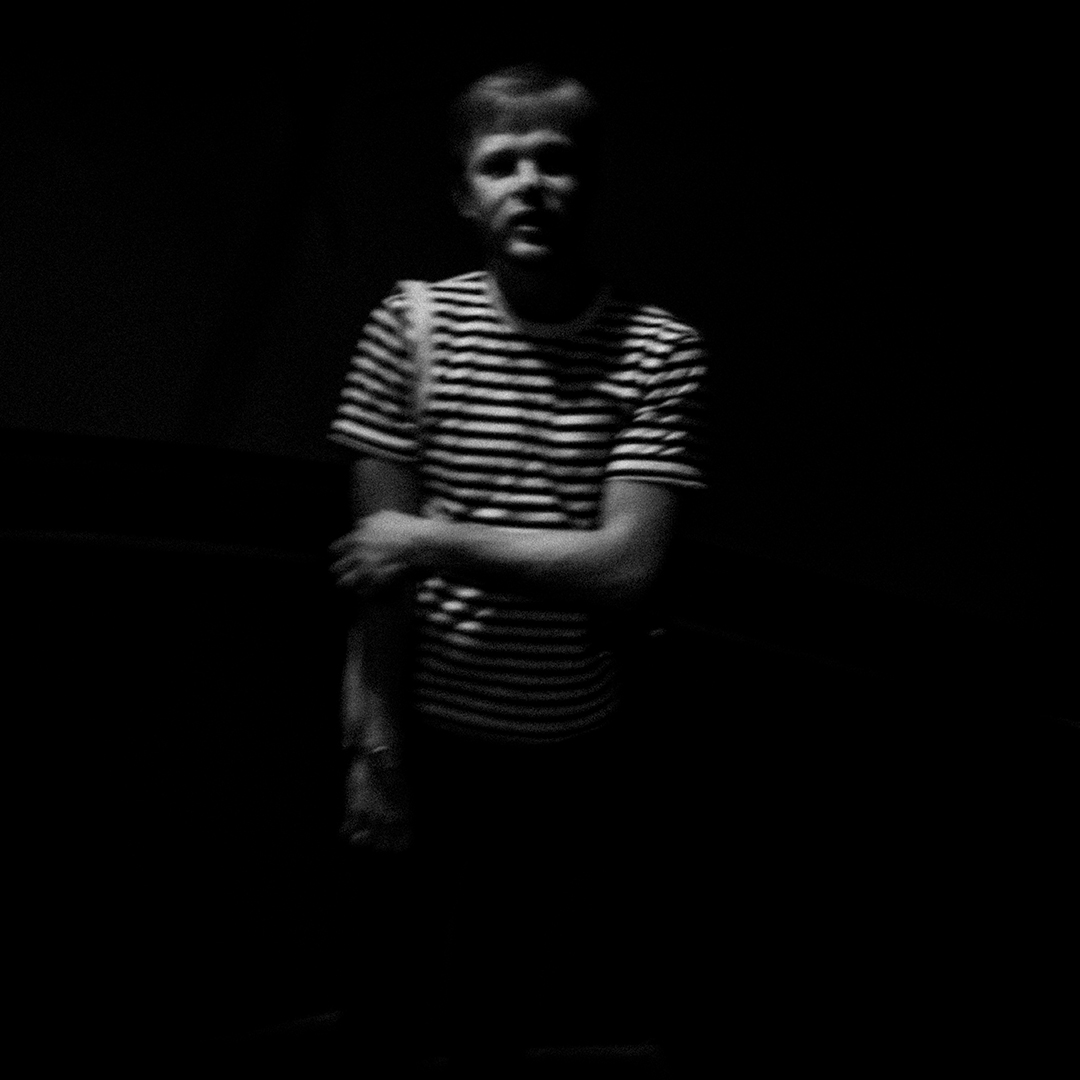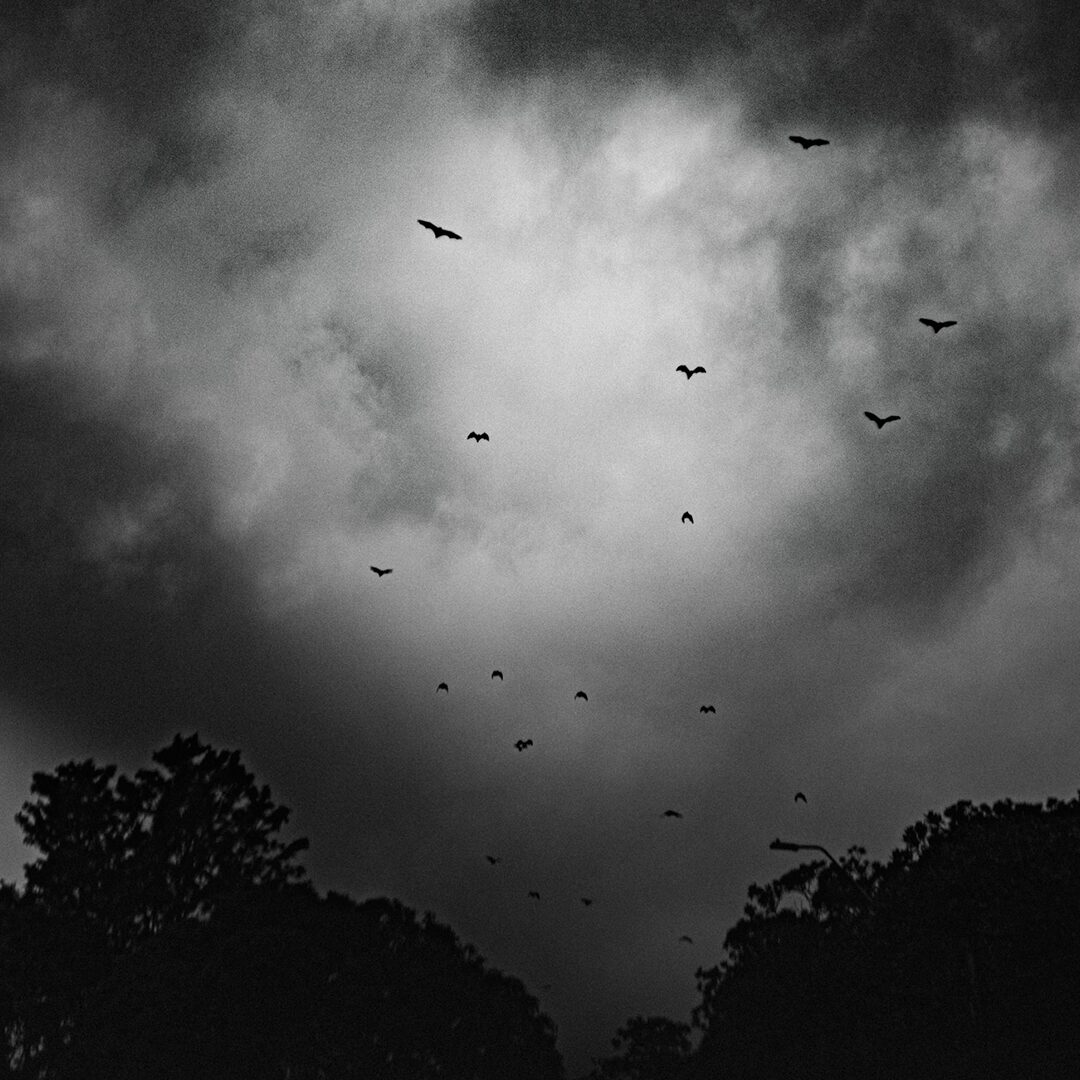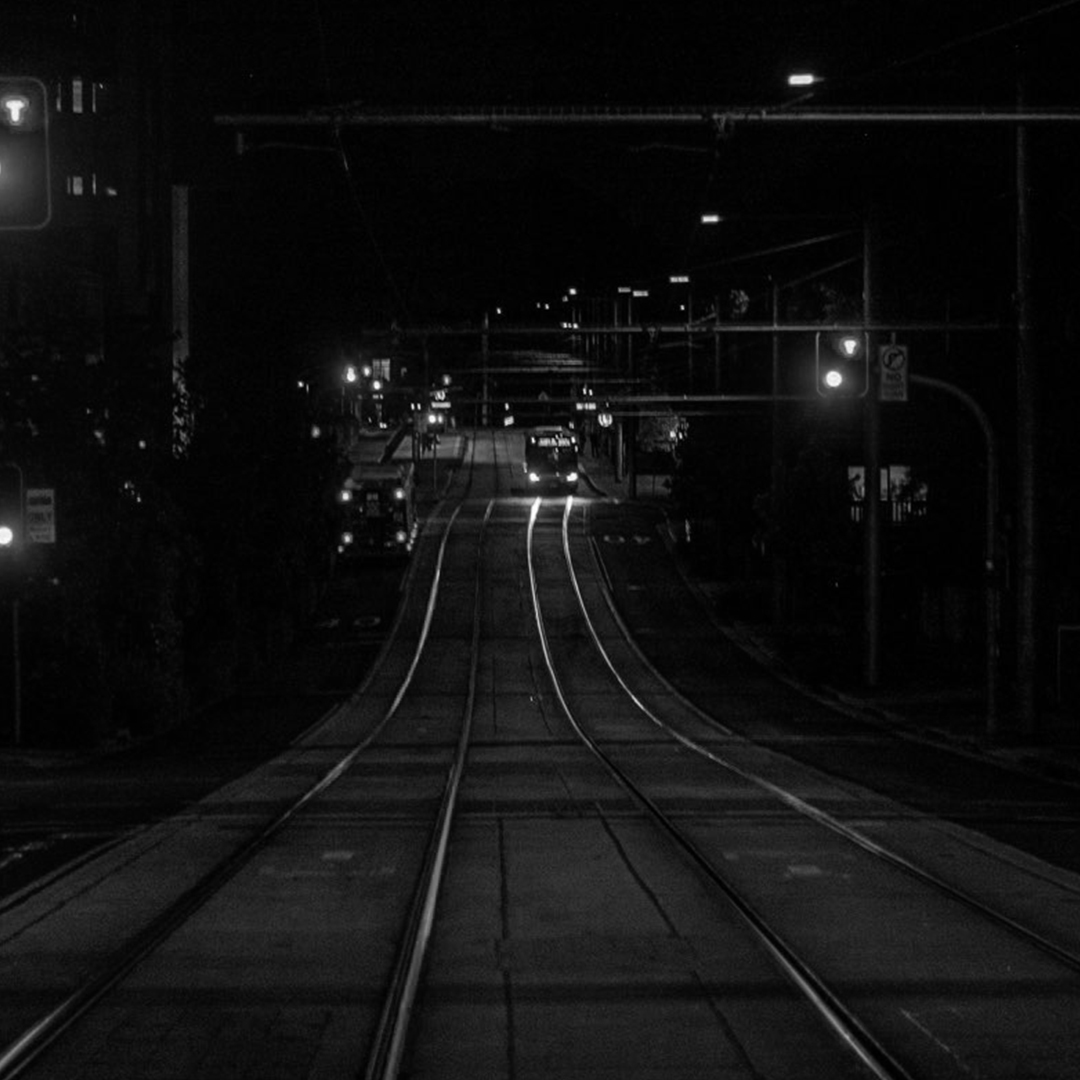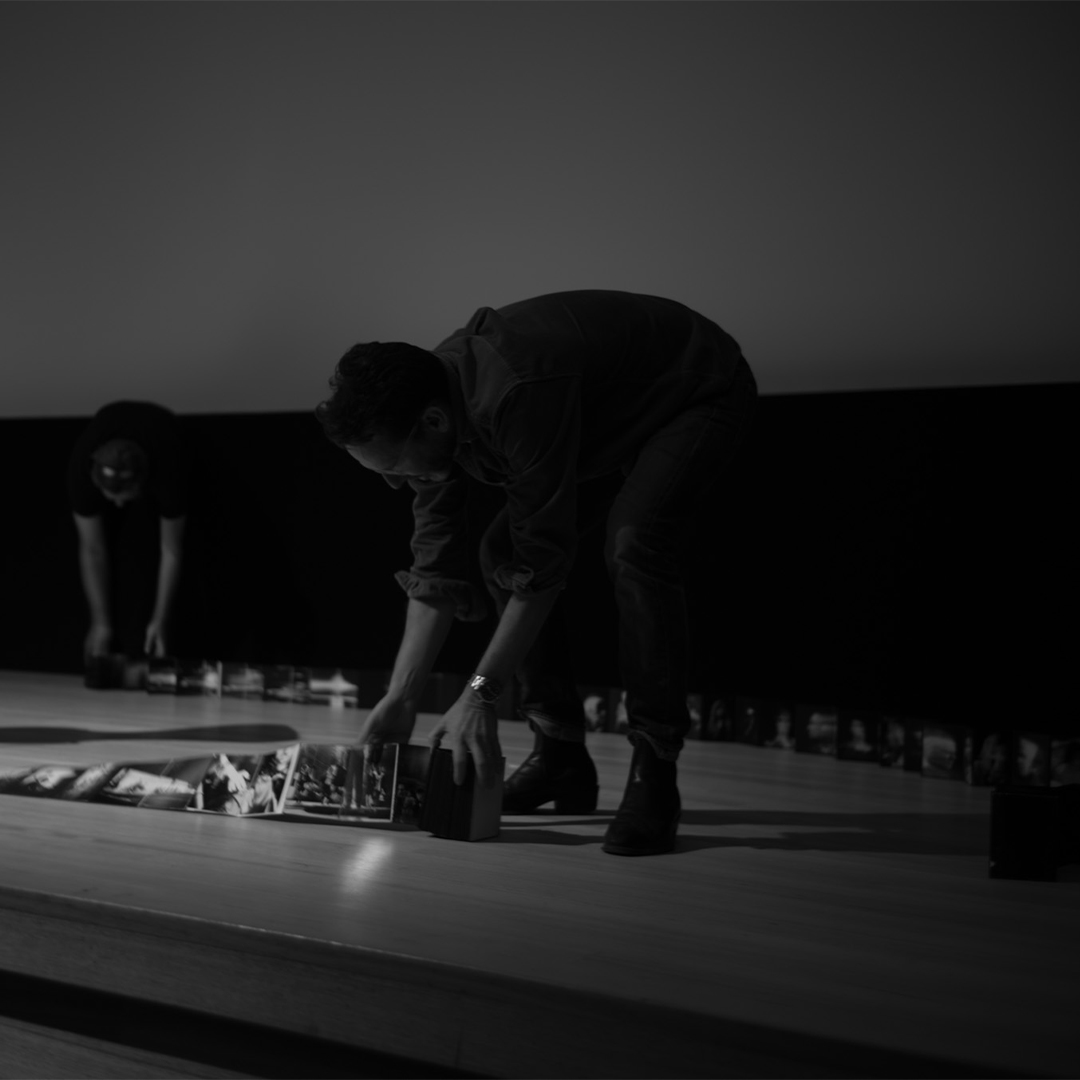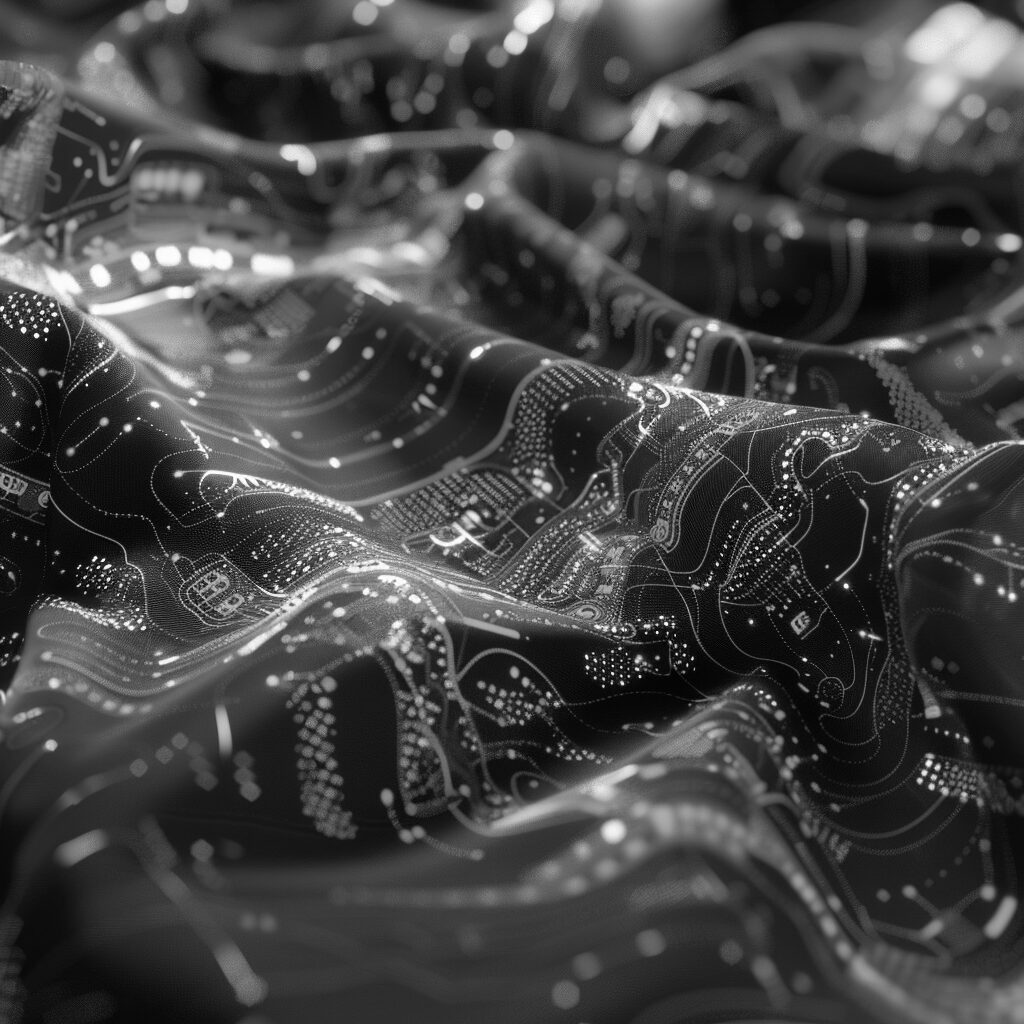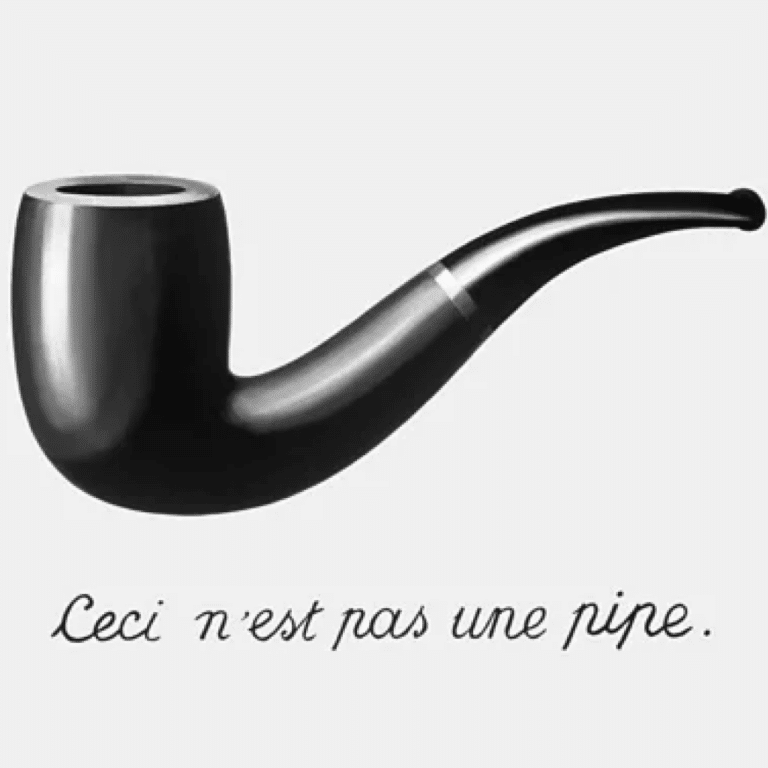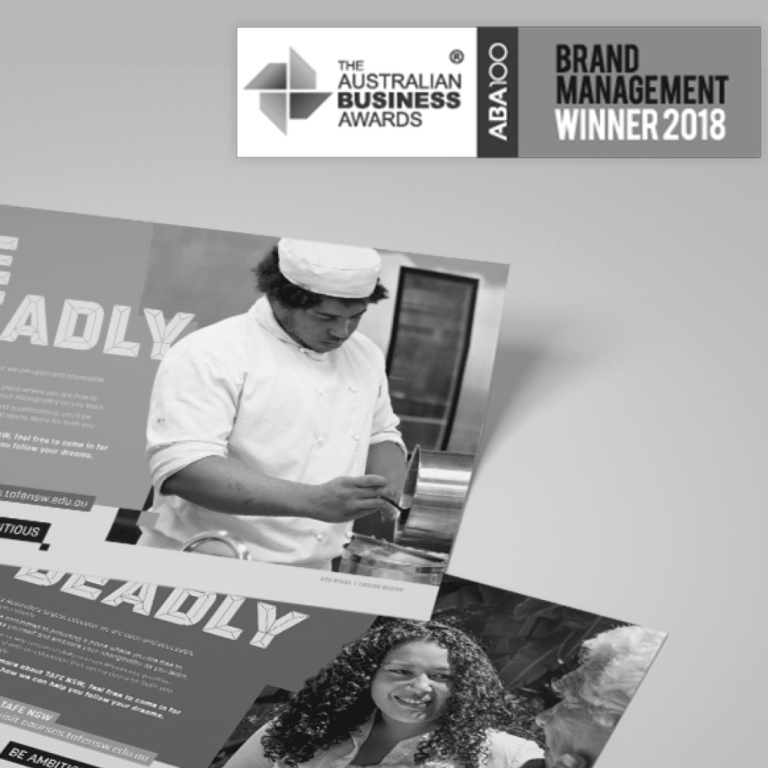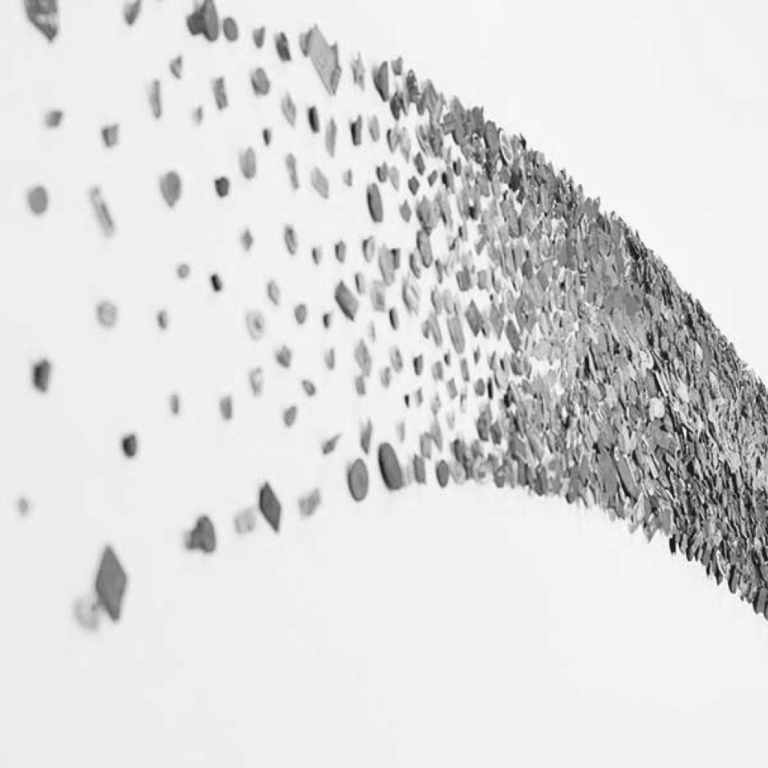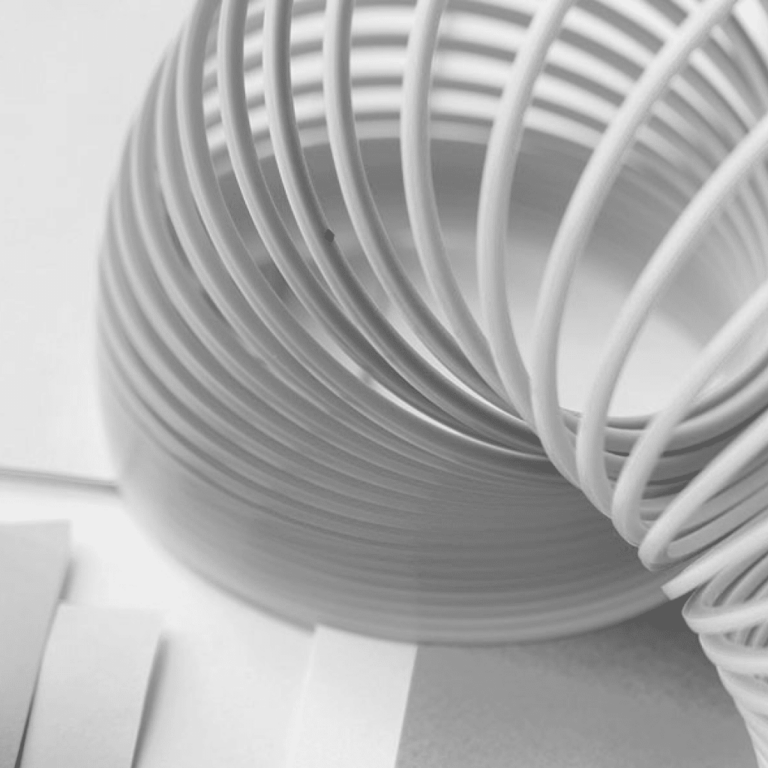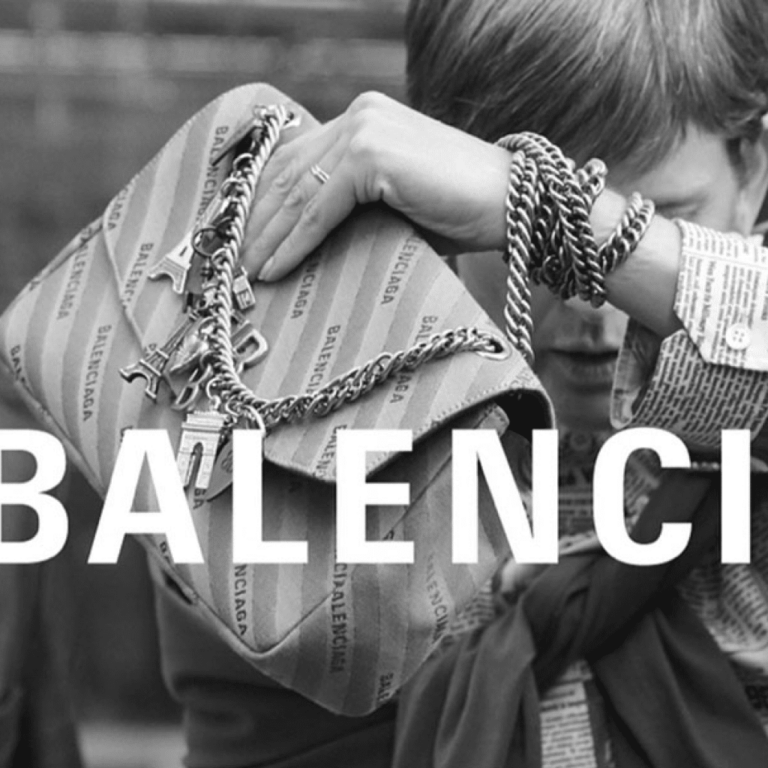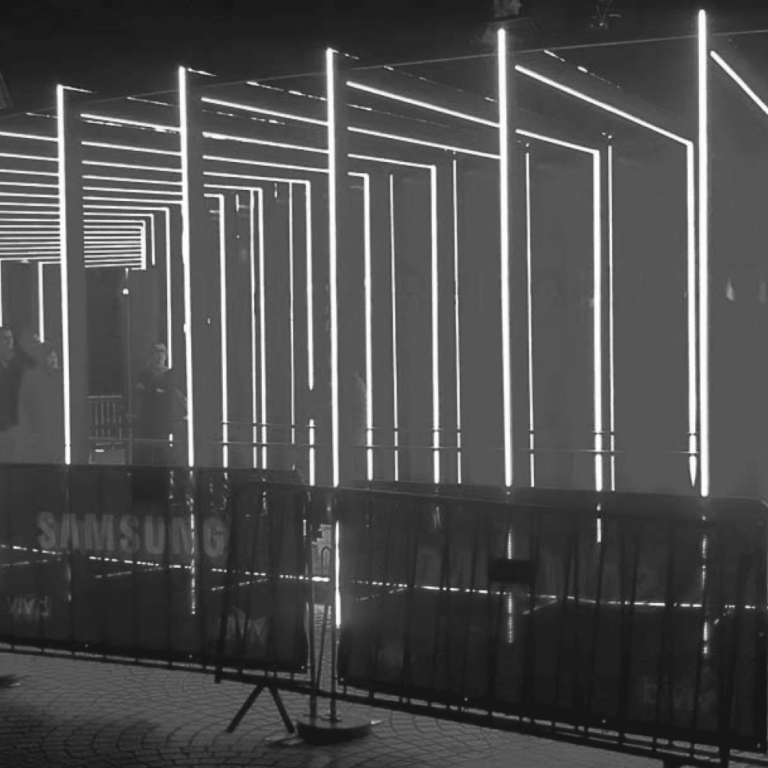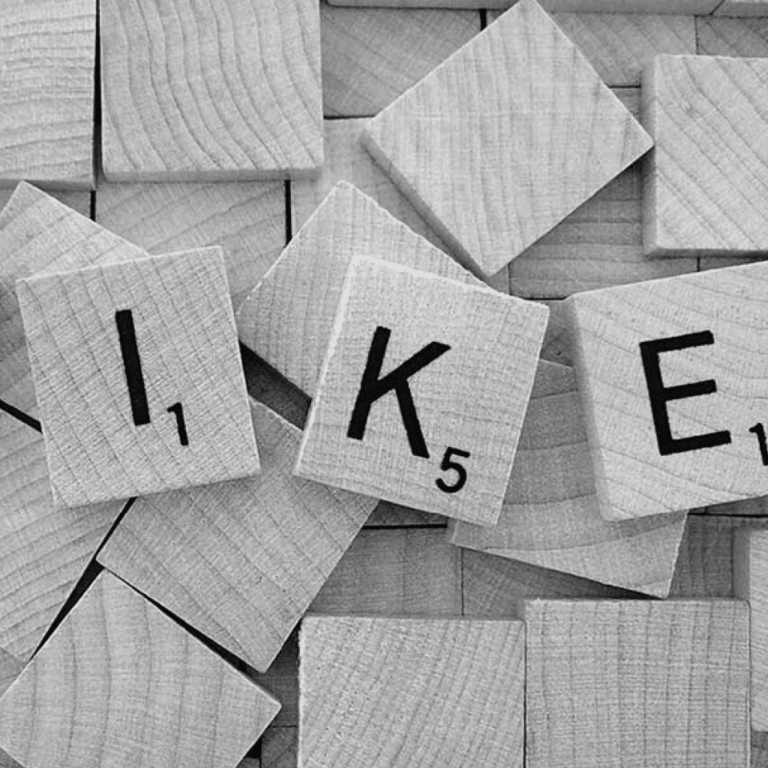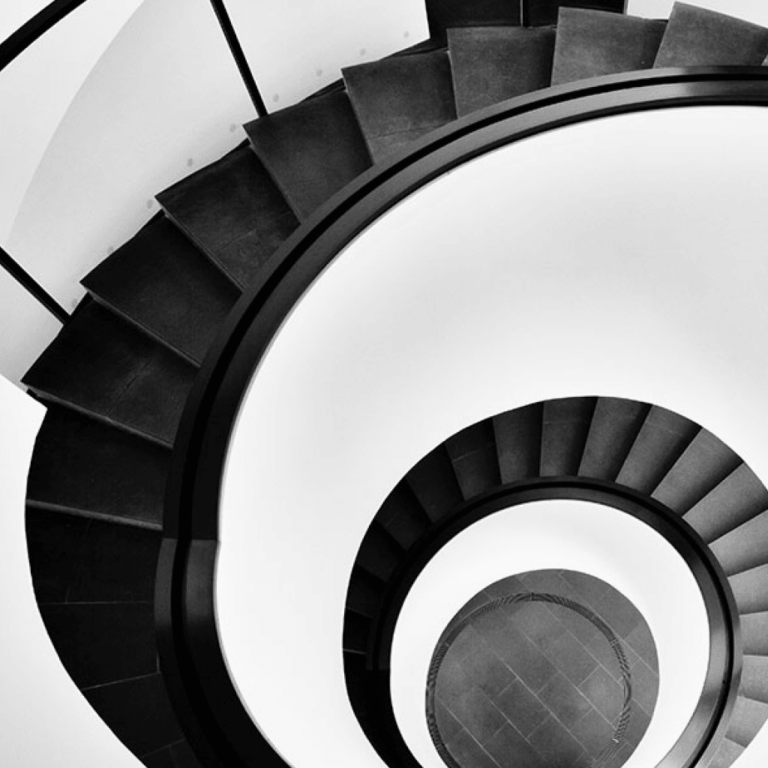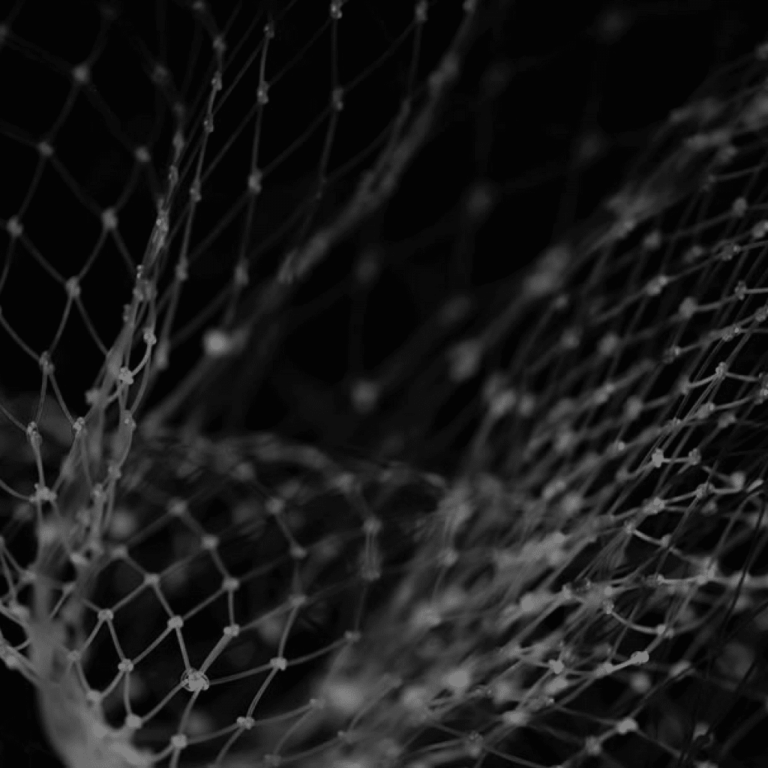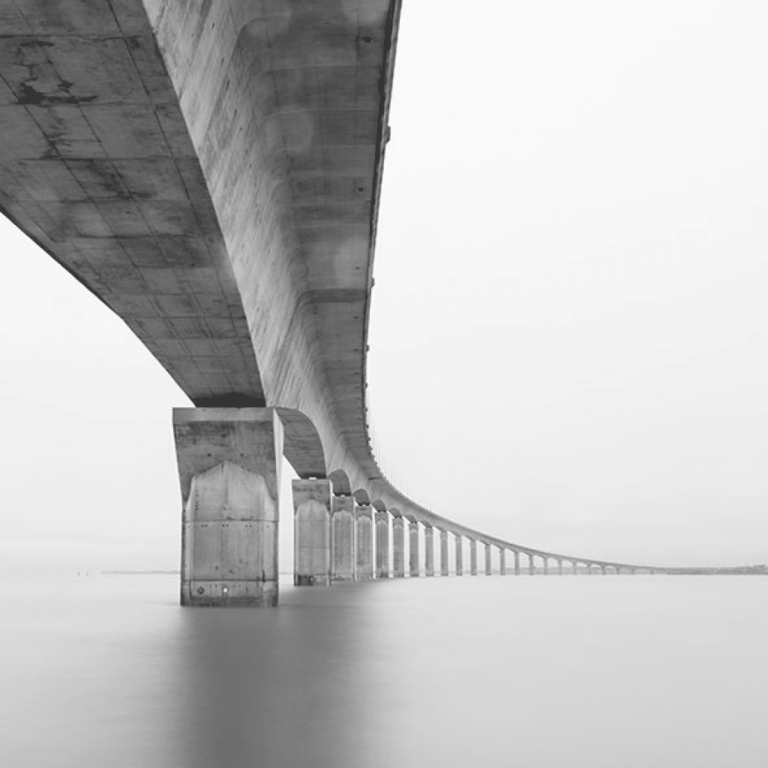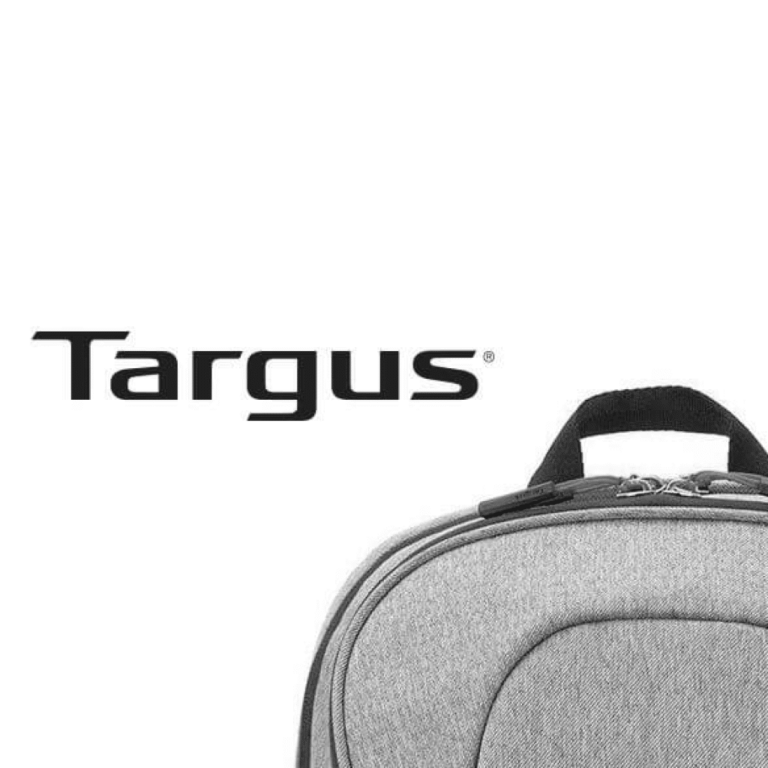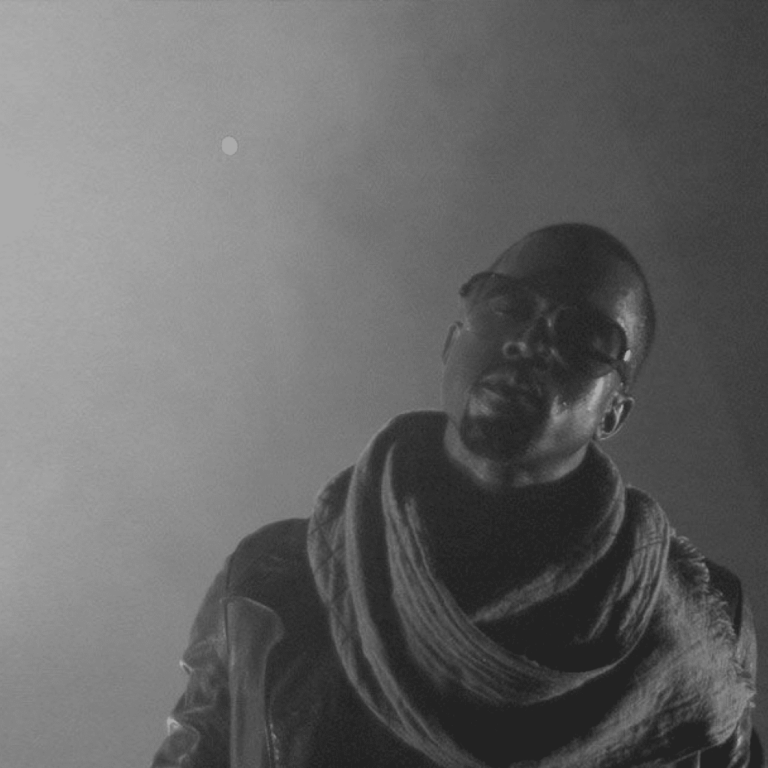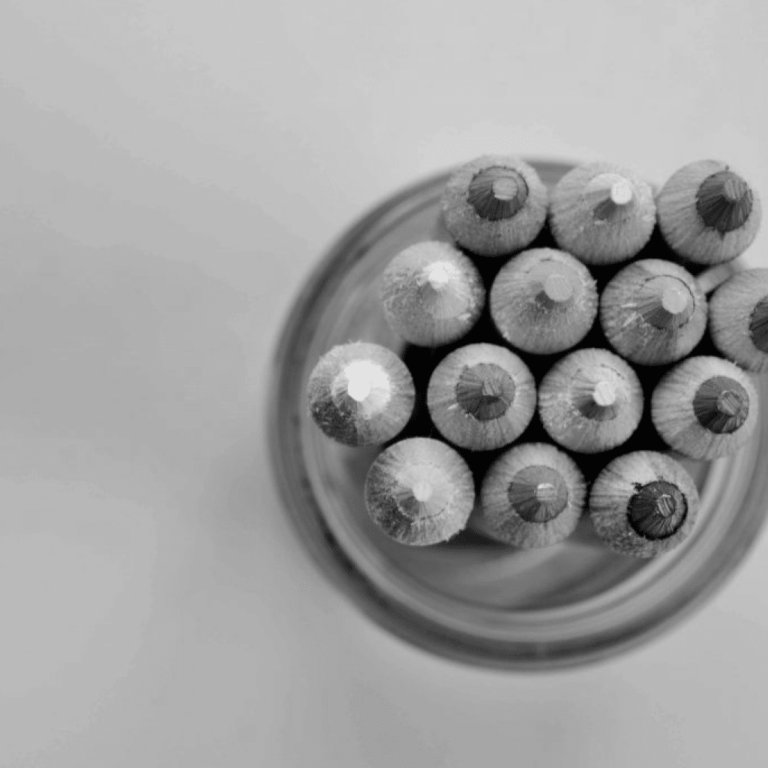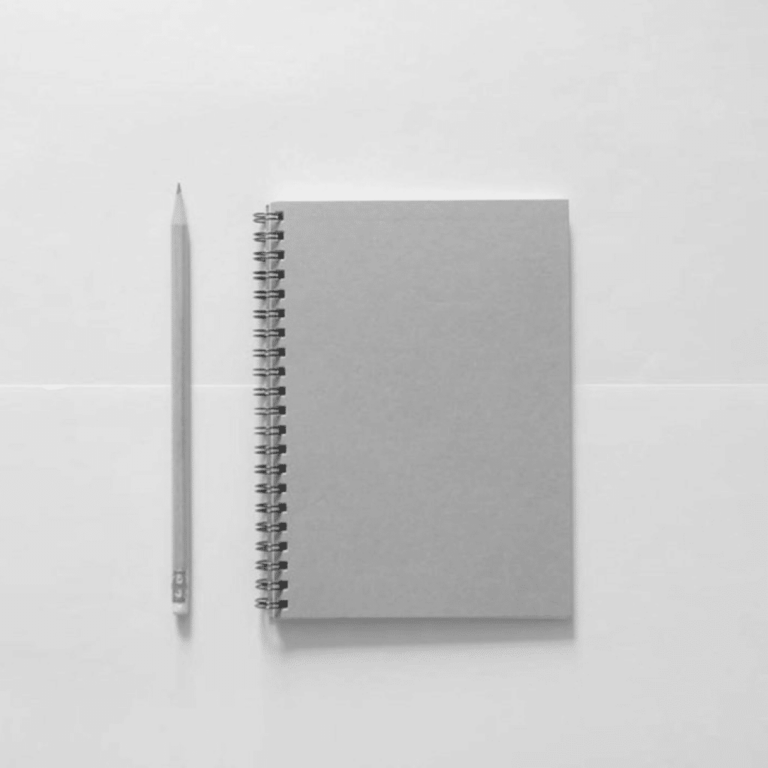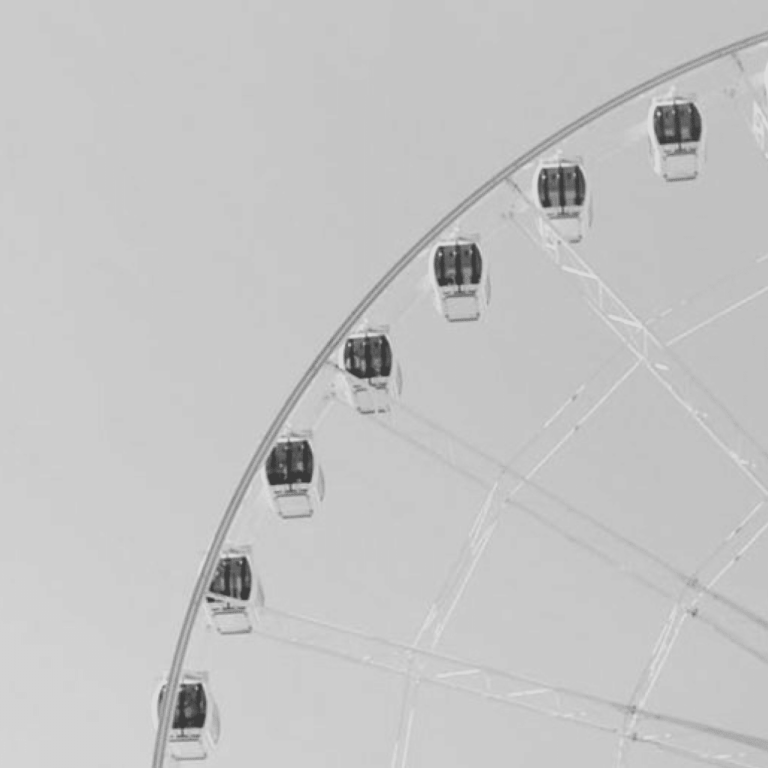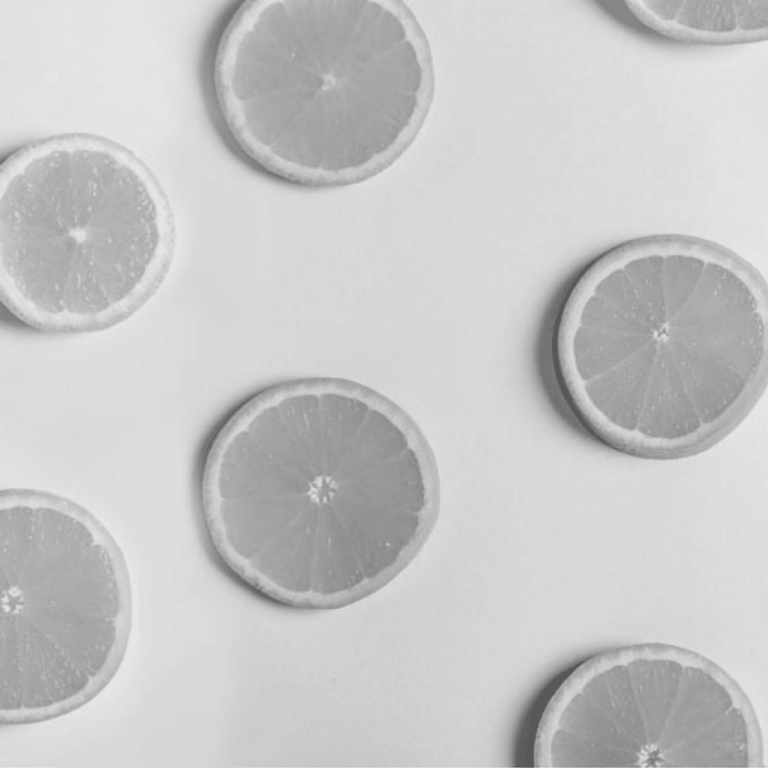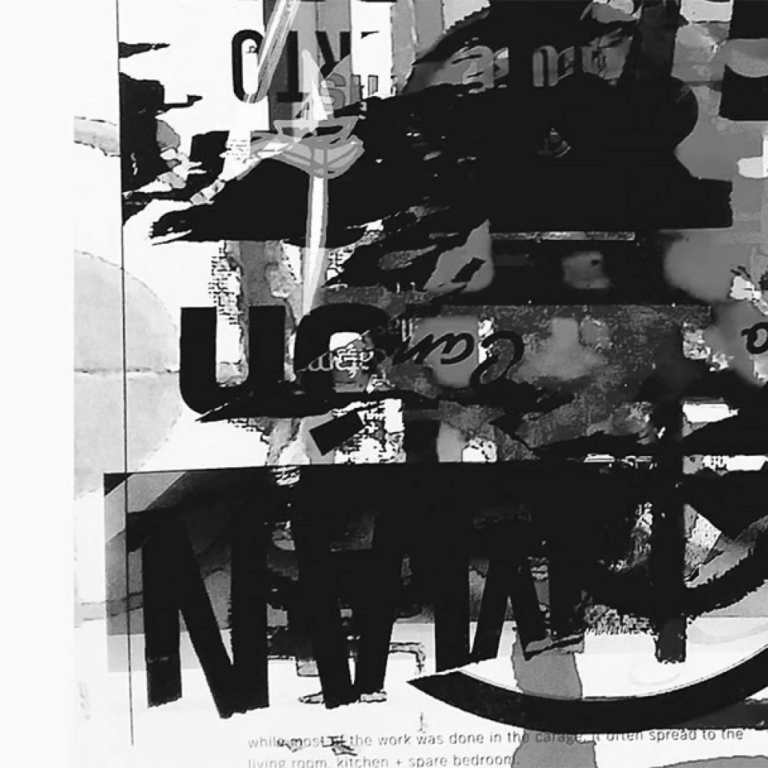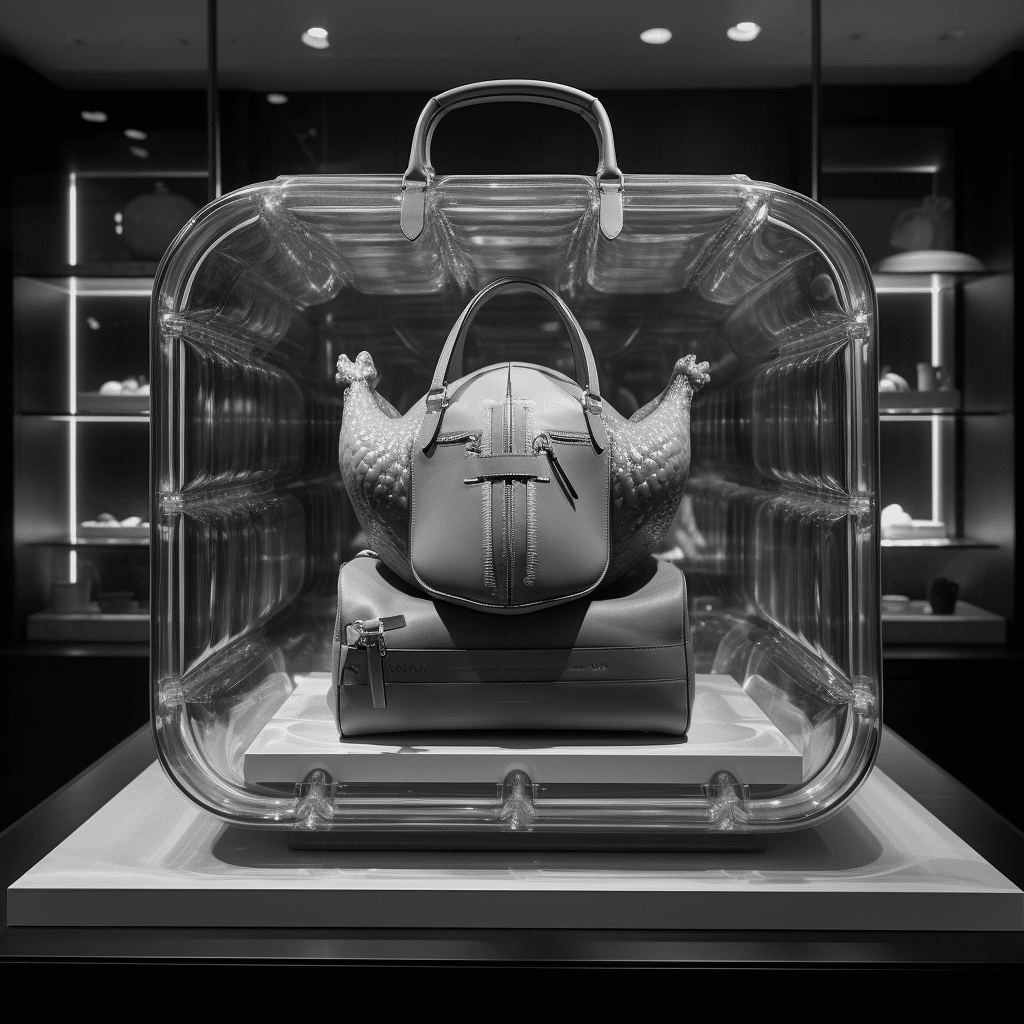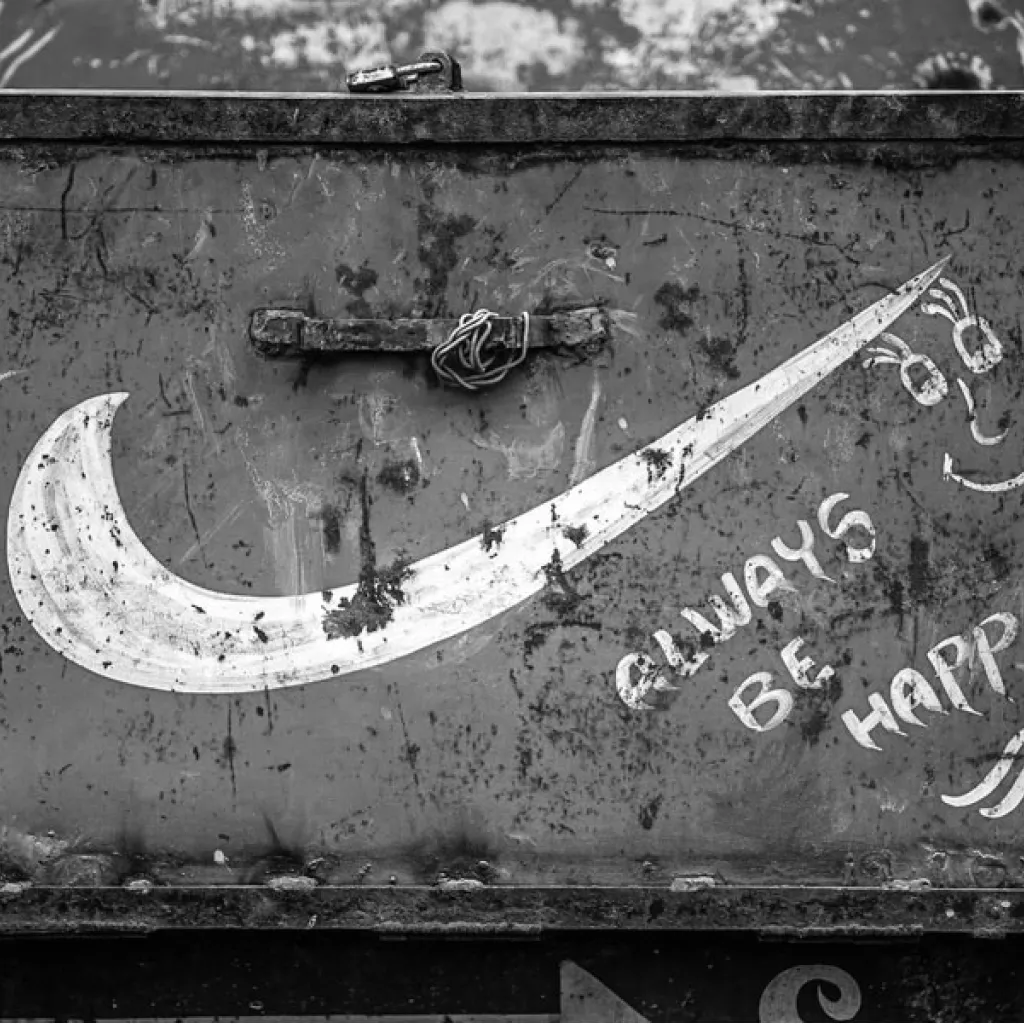INSIGHTS / CREATIVITY & DESIGN
A QUESTION OF CREATIVITY? AS THE WORLD CHANGES (AGAIN)
Uberbrand on 5/3/2024
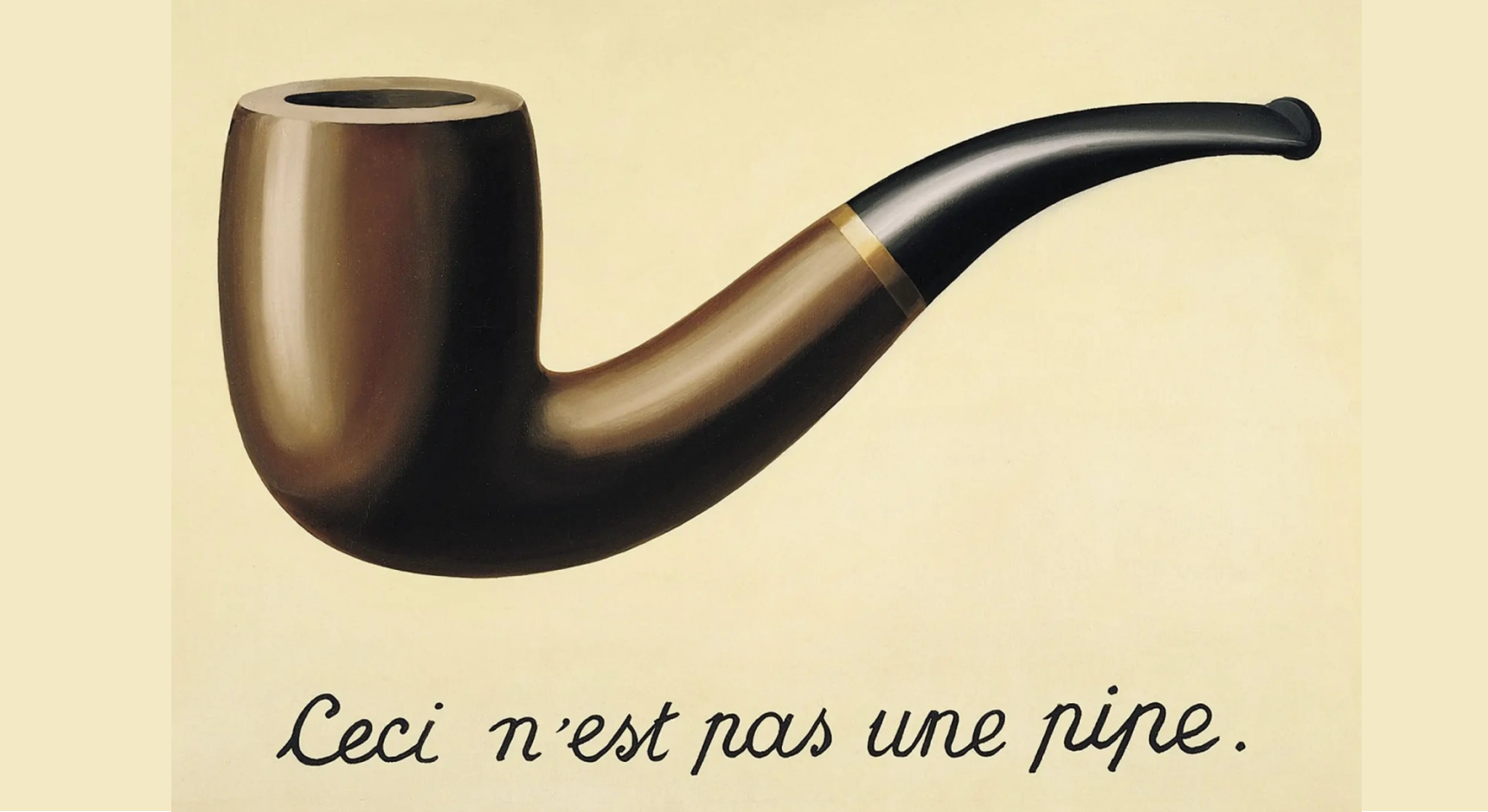
“My journey into the creative realm was an immersion into the sanctuaries of Sydney’s creative maestros, a rite of passage marked by observation and inspiration rather than direct instruction.”
It was a heady time, filled with the privilege of witnessing the alchemists of creativity at work.
From the graphic design studios of Don Fish to the industrial design and copywriting legends like Paul Cockburn, and the mad genius of Ian Watson, each encounter was a lesson in the profound depths of creativity.
The Peak and Fall of Traditional Creative Skills
These experiences were mesmerizing, not just for the outcomes they produced but for the rituals of their craft. The peak and fall of technique, the expiration of traditional tools like the scalpel, matt, and Letraset libraries, and the distinct smell of bromide marking an end to a pivotal era.
The Digital Dawn and Its Disruption
It was a moment of great impact, yet simultaneously, these skills began to lose their relevance as the digital age dawned.
The introduction of ‘Desktop Publishing’ was met with skepticism, seen as a threat to the honorable traditions of graphic design. Yet, as microcomputing became mainstream, tools like Photoshop, Illustrator, the scanner and digital photography transformed the canvas of possibility.
This shift from the tactile to the virtual was an unstoppable force, changing not just the process but the very foundation of design.
Reflecting on Digital Futurism
Reflecting on the classic ’90s futurists like Nicolas Negroponte and Don Tapscott, I remember imagining a world transformed by connectivity. Yet, even they could not foresee the full extent of the digital revolution’s impact on creativity.
The legitimacy of AI
Now, as we navigate the nascent era of usable artificial intelligence tools, we find ourselves at another precipice of change. The introduction of AI into the creative toolkit raises questions about its role, its impact on quality, and whether it enhances or diminishes our creative thinking.
Our recent experiment with an AI-assisted image of David Carson sparked a debate that is a continuation of this evolution. The varied reactions it elicited underscore a broader debate over AI’s role in creative fields, touching on authenticity, originality, ethics, and the essence of creativity.
This moment compels us to confront AI’s growing influence, challenging us to consider whether using AI undermines the craft of creativity.
My view, shaped by summers spent in awe of our local design masters, is that the essence of creativity transcends the medium of its expression. Whether through the precise cuts of a scalpel or the algorithmic calculations of AI, the core of creative work lies in its ability to evoke emotion, provoke thought, and connect with others on a profound level.
AI: A New Frontier in Creativity
As we stand at the crossroads of tradition and innovation, our challenge is not to choose between the human touch and technological advancement but to find a way for them to coexist and complement each other.
The AI-assisted image of David, and the discussions it ignited, remind us that creativity is a dynamic force, capable of adapting, transforming, and transcending the tools of its expression.
Embracing AI in the Creative Process’s
In embracing AI as part of our creative toolkit, we are not forsaking the craft and technique that have been the bedrock of artistic endeavour. Instead, we are broadening our horizons, venturing into new territories of expression, and redefining what it means to create in the 21st century.
Looking Forward with Lessons from the Past
The future of creativity lies not in the rejection of new technologies but in our ability to harness their potential while staying true to the essence of our craft. As we navigate this new landscape, let us carry forward the lessons of the past—not as constraints but as beacons guiding us through the ever-evolving landscape of creativity.
